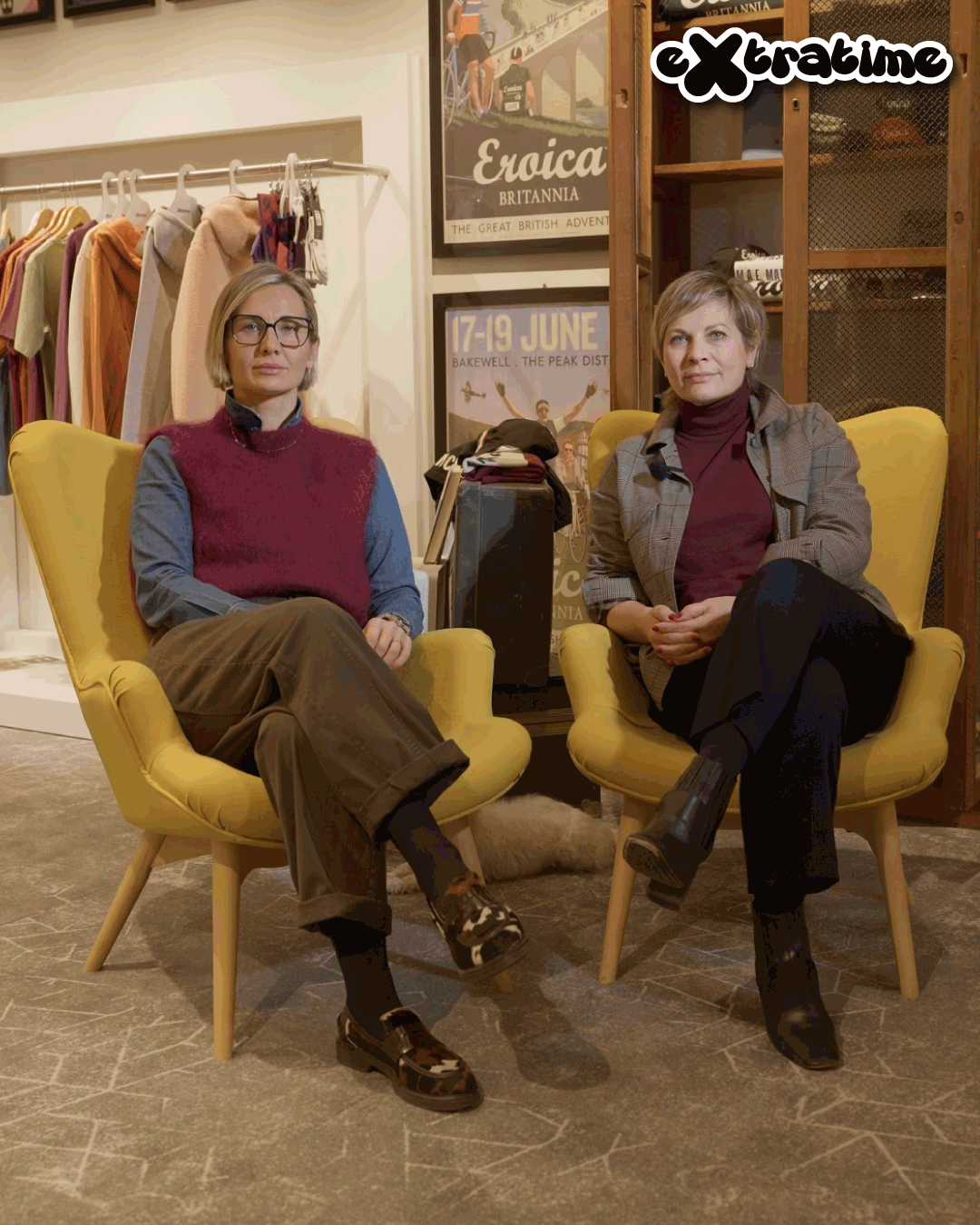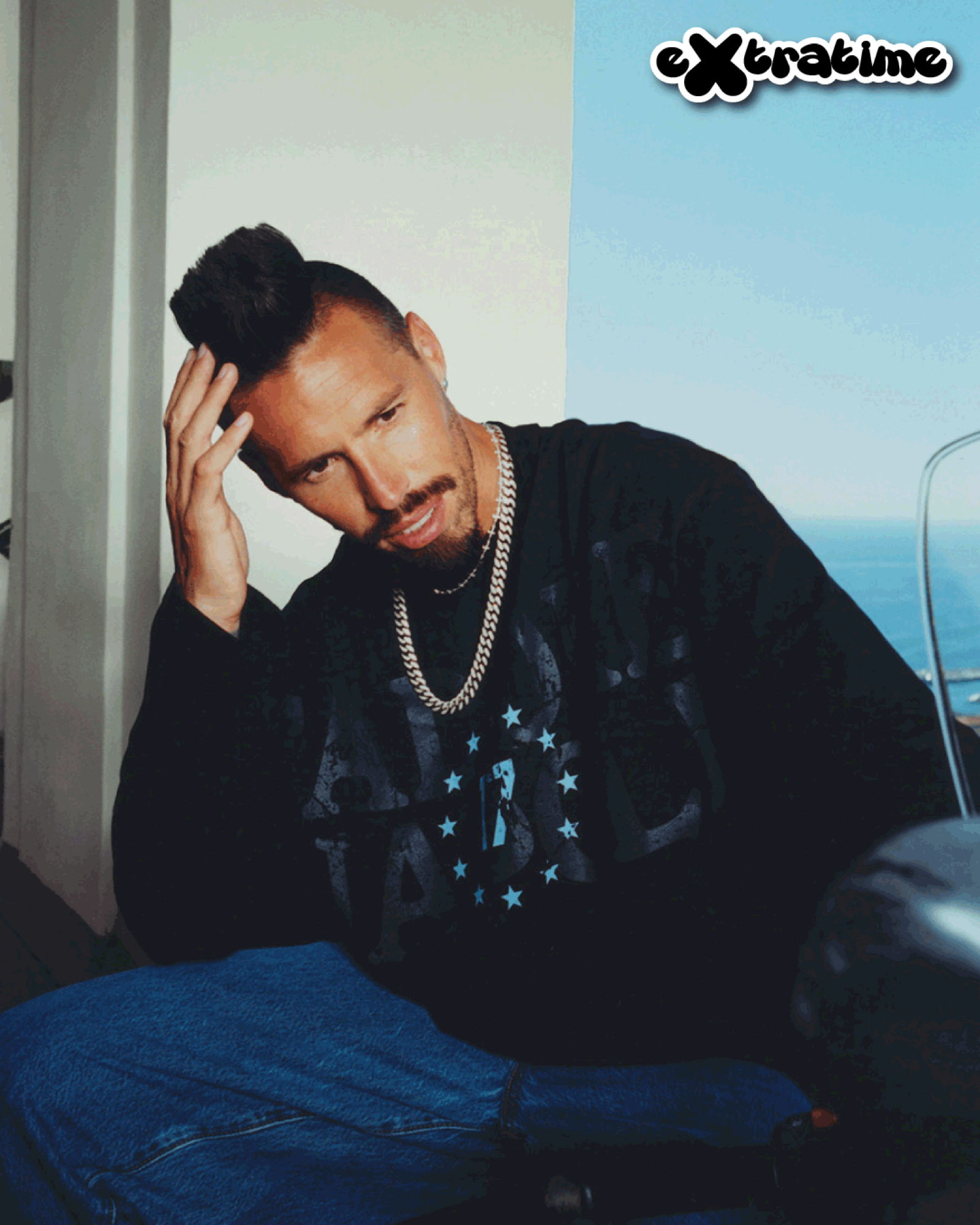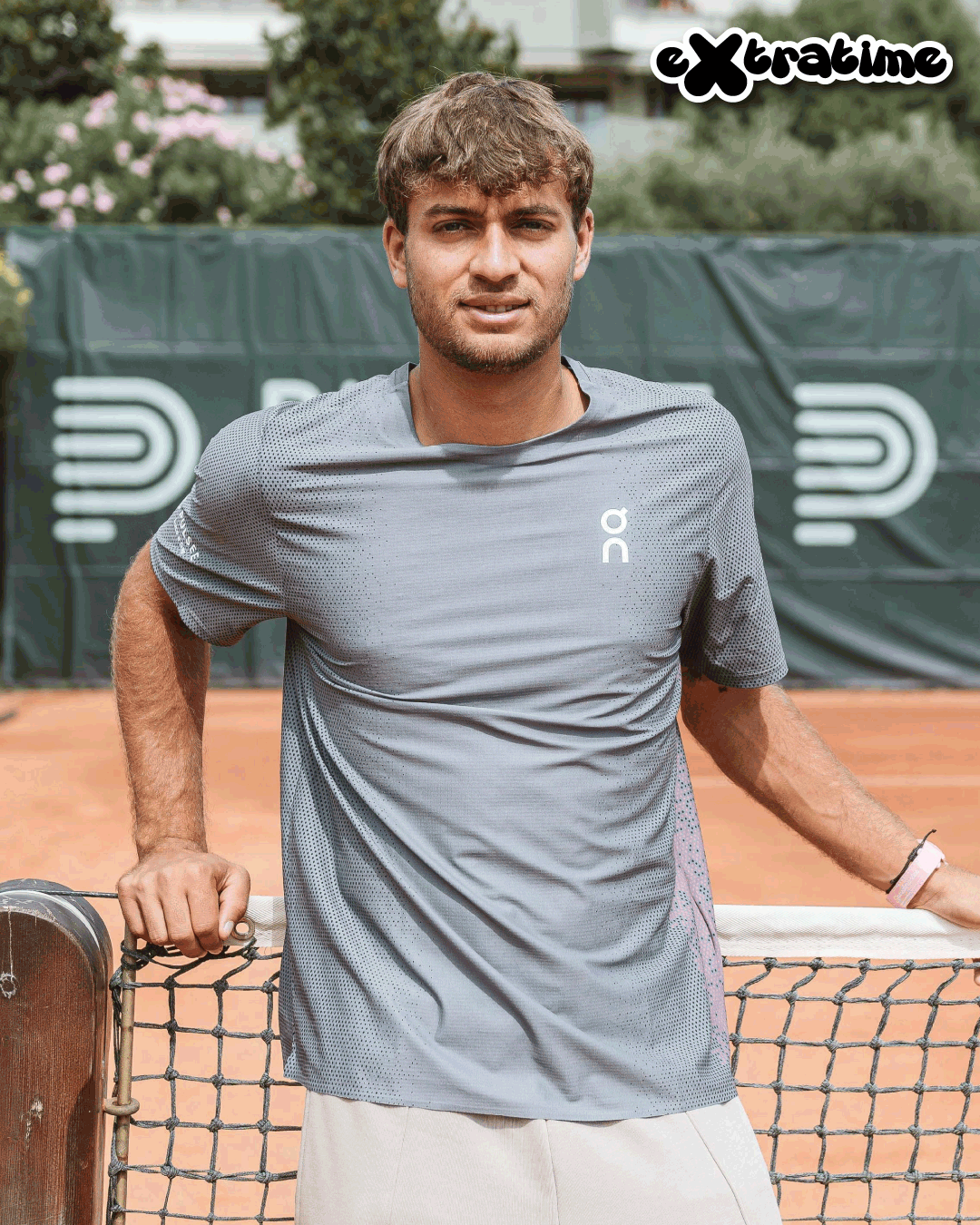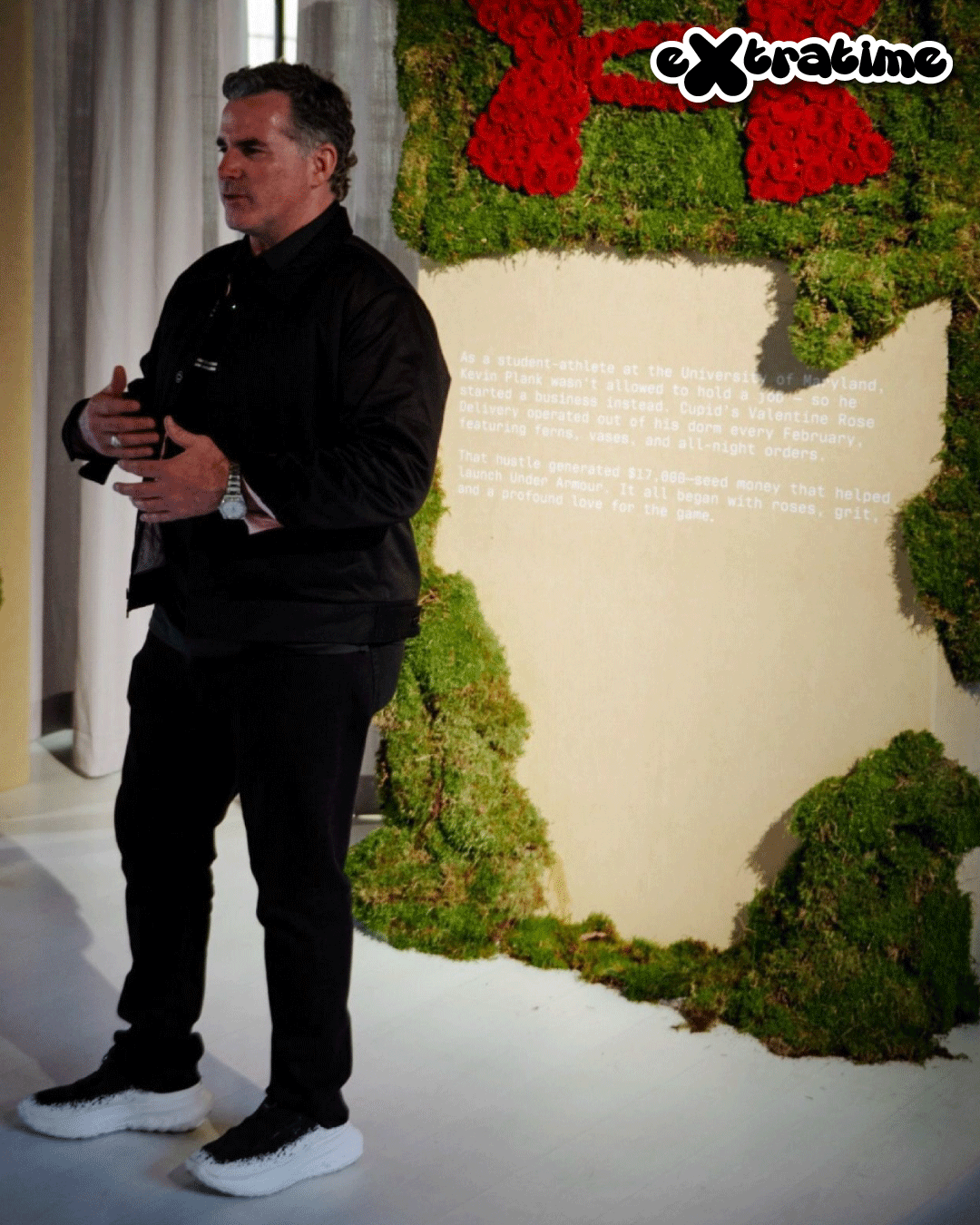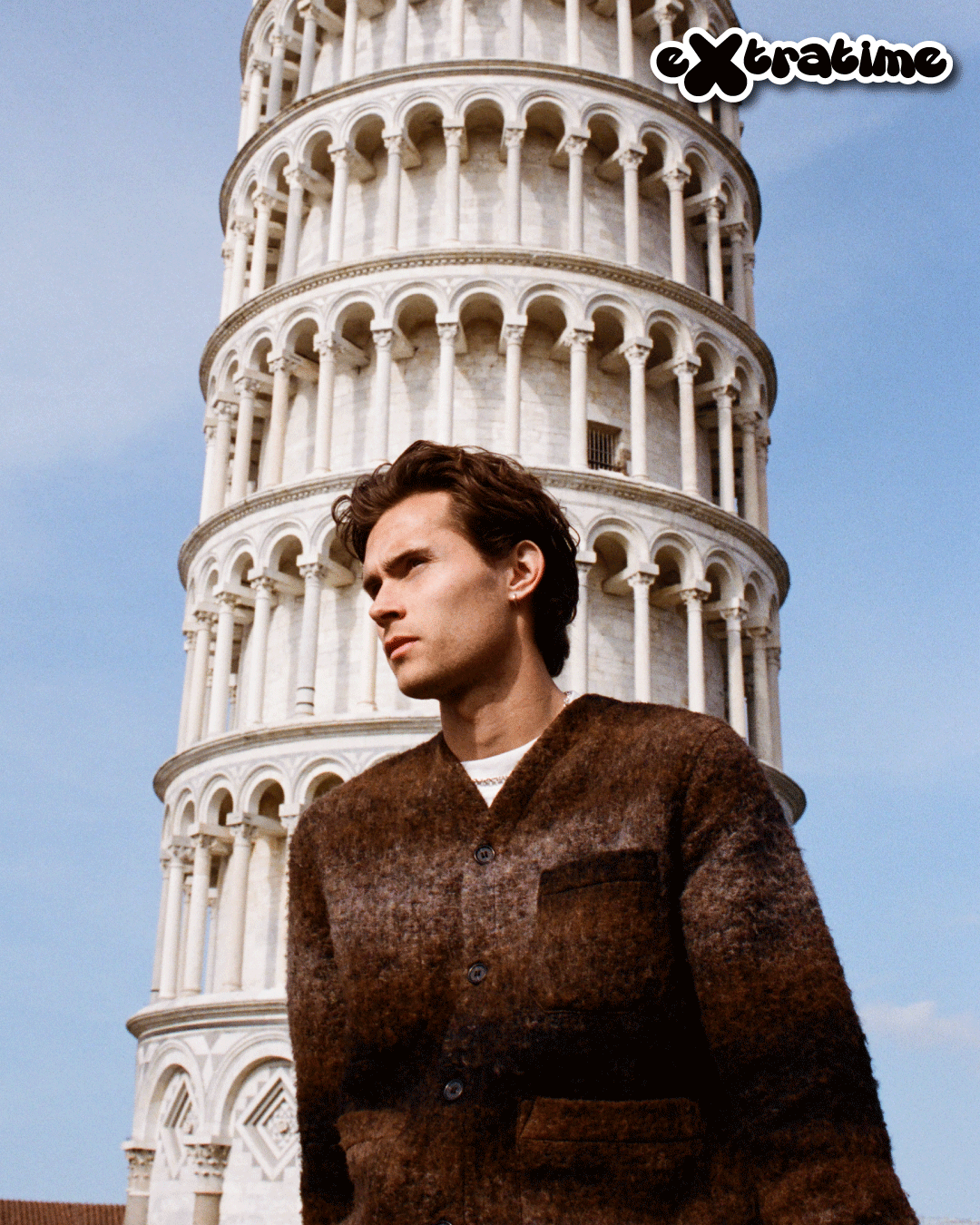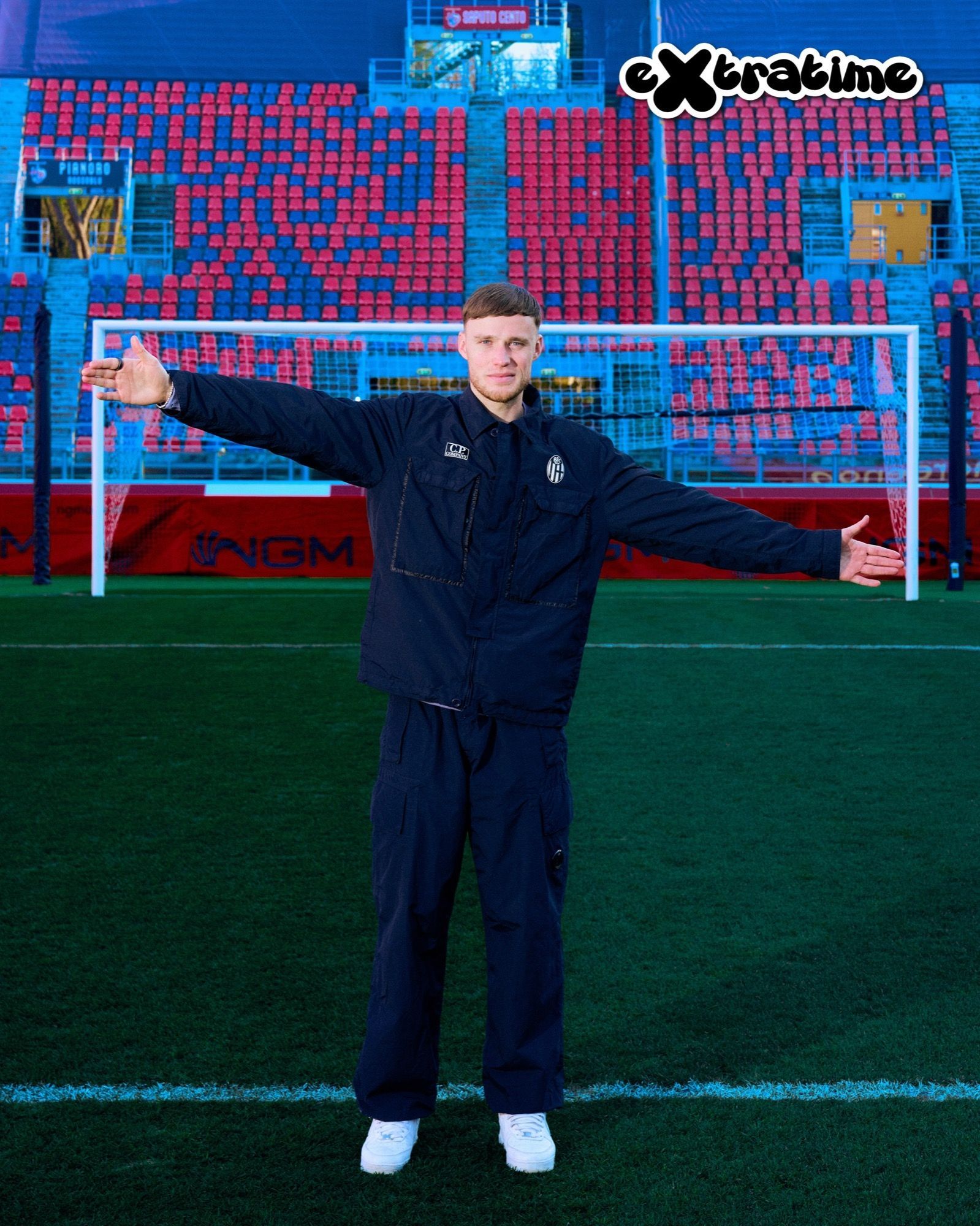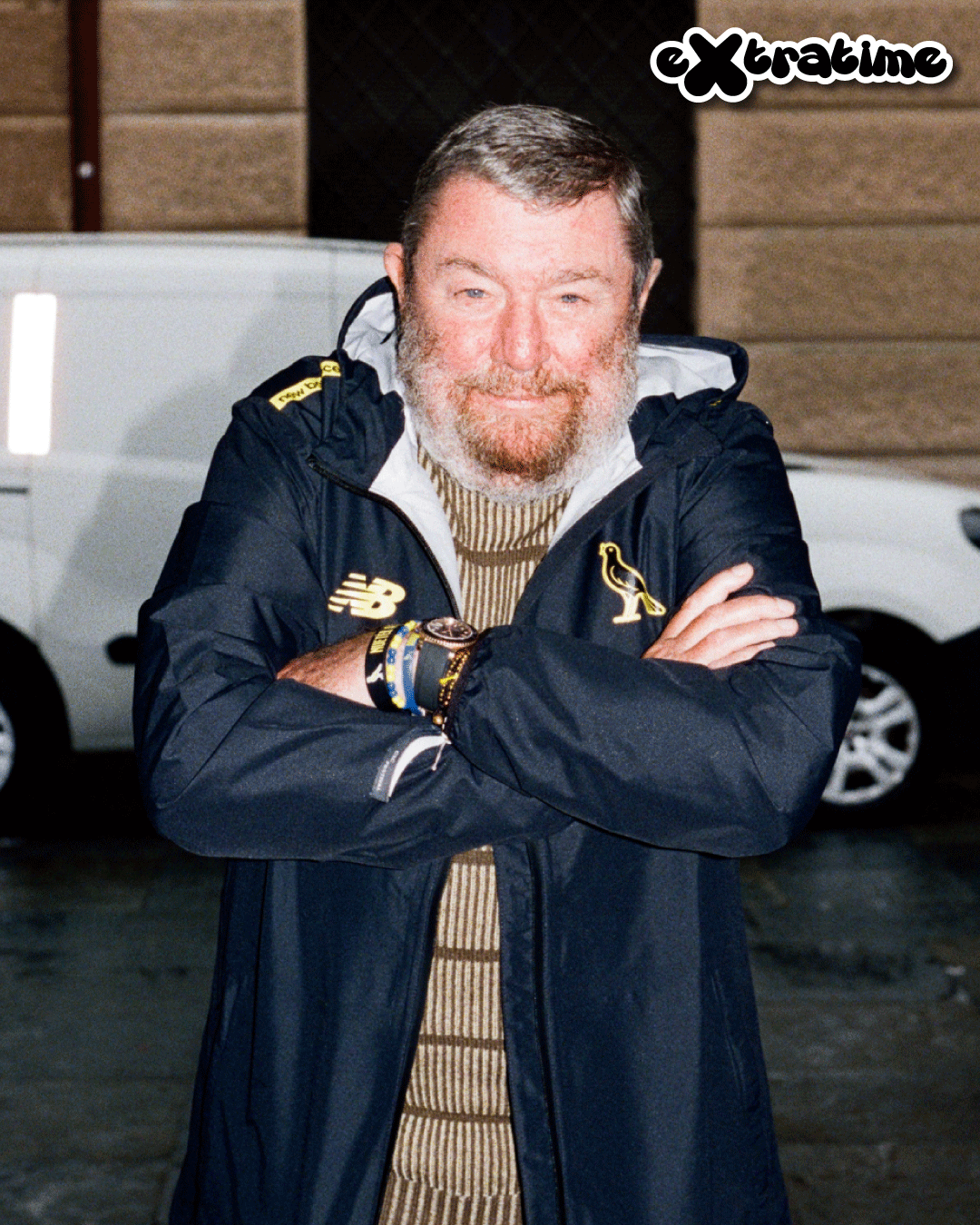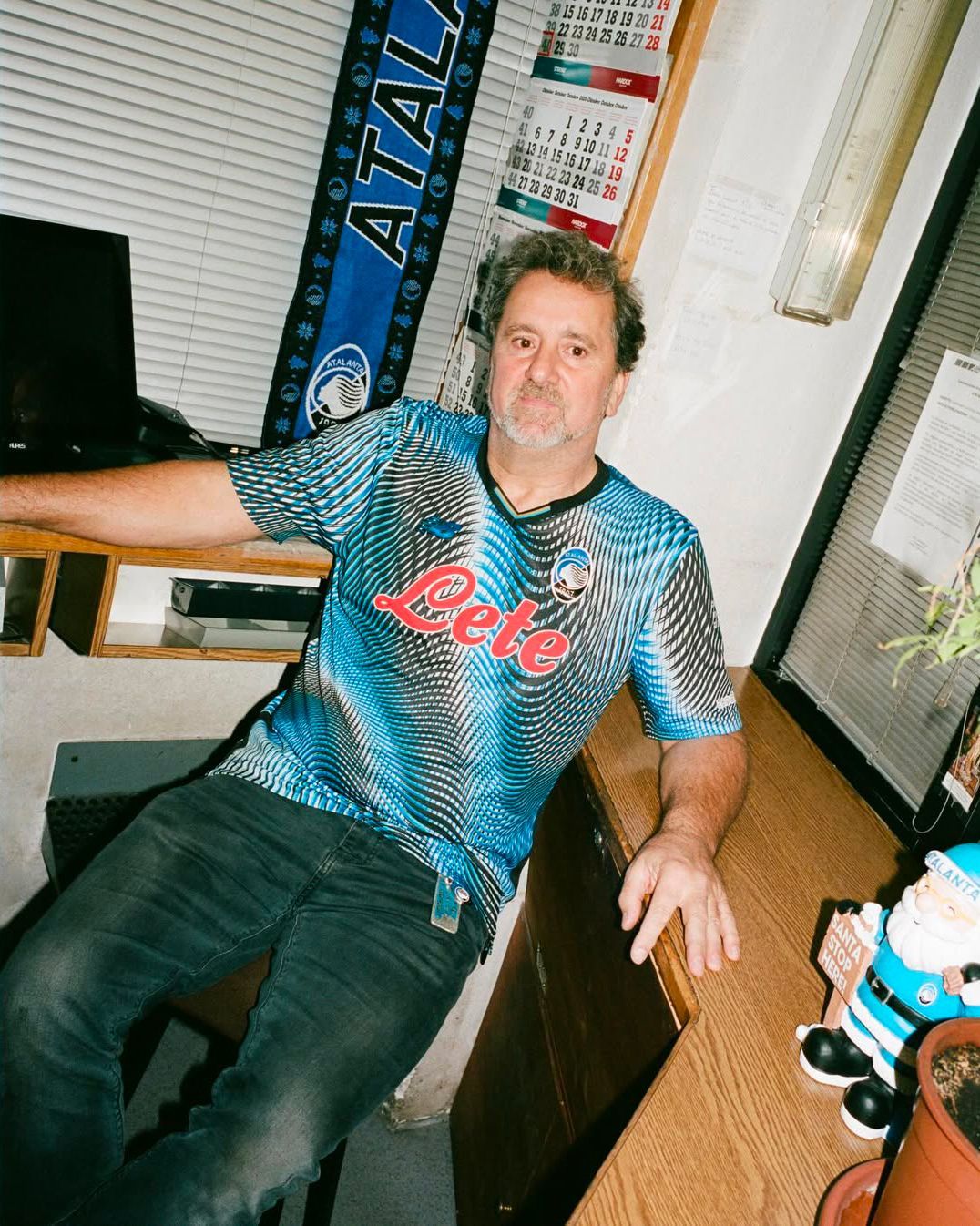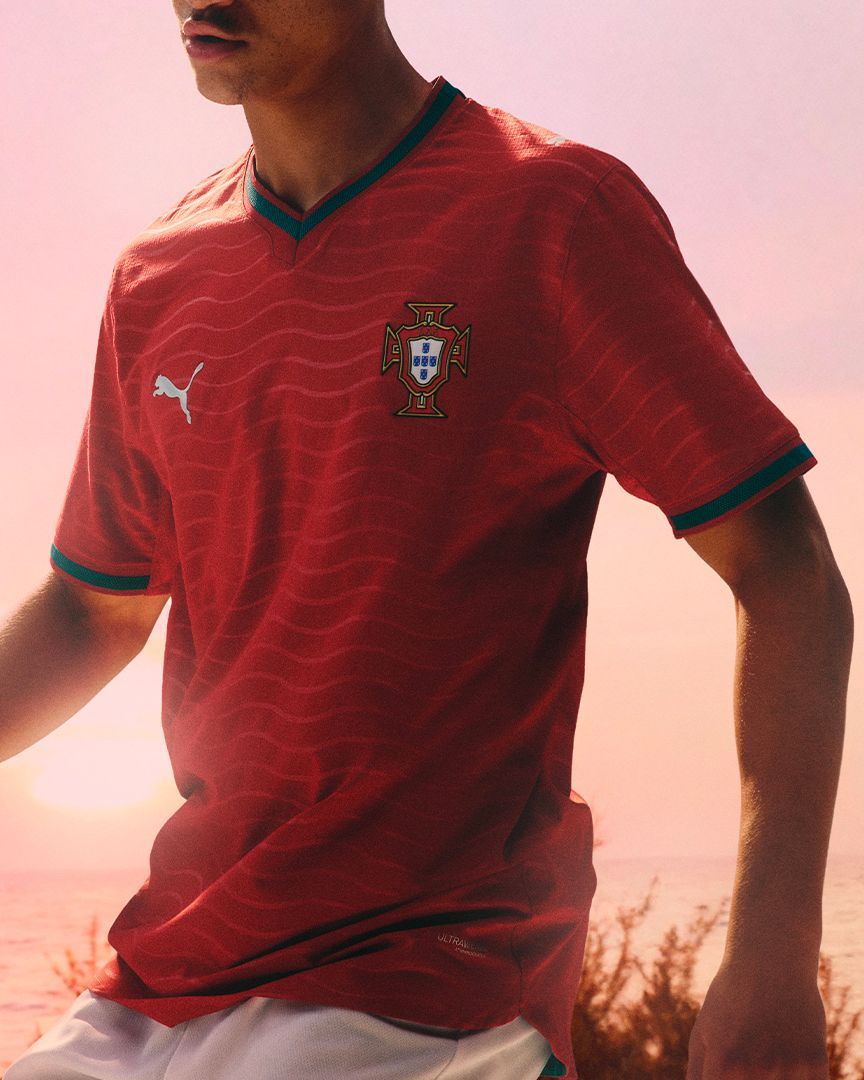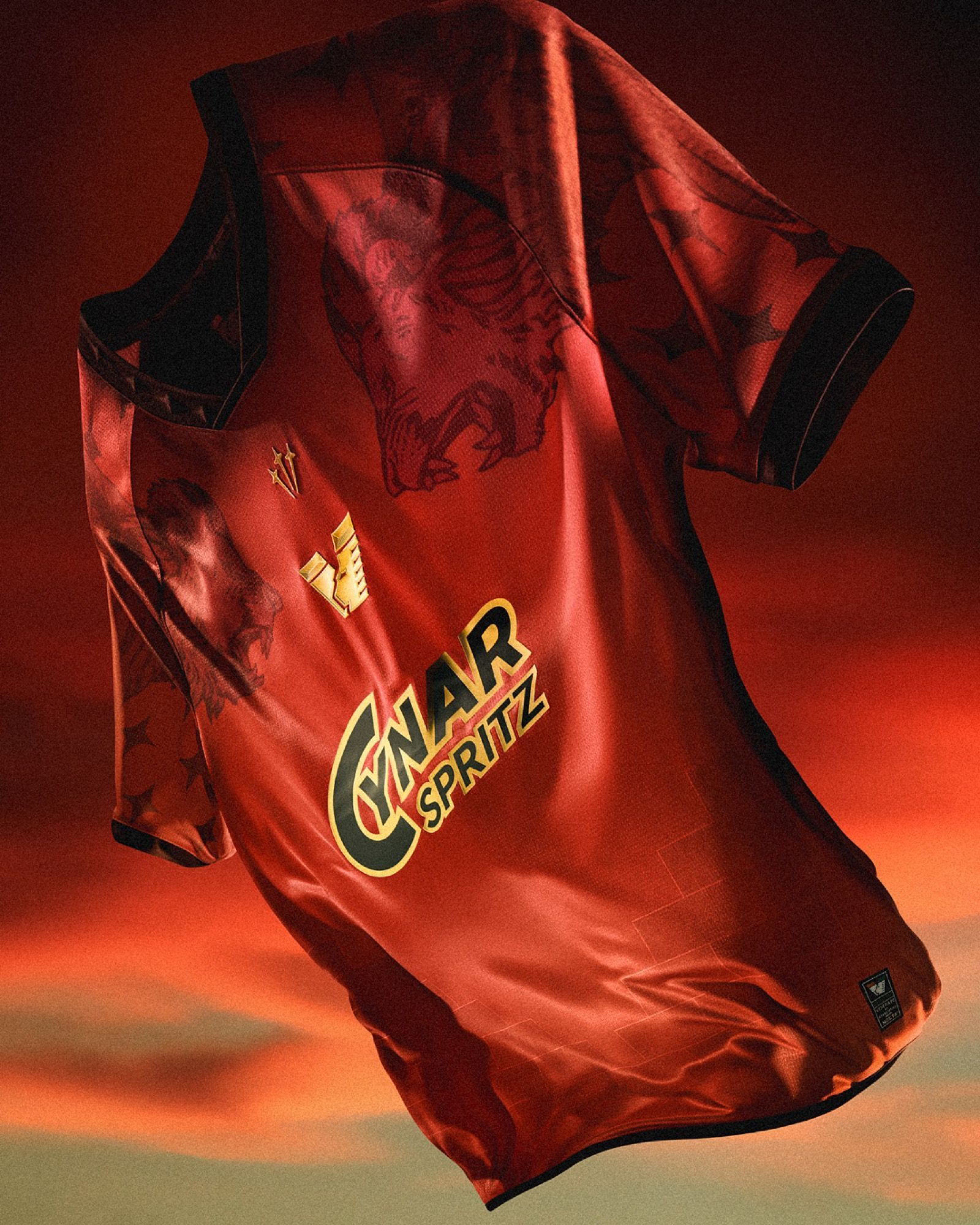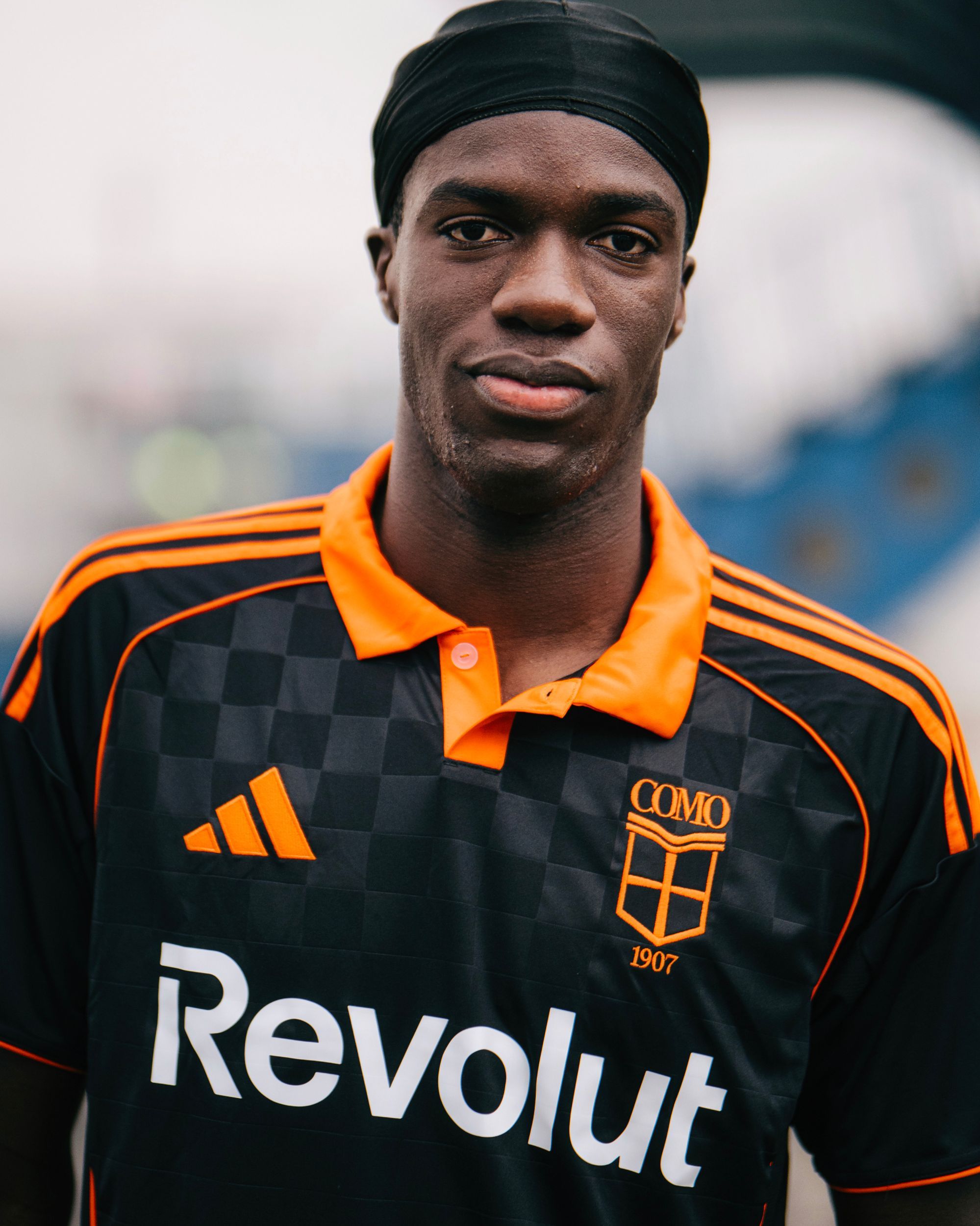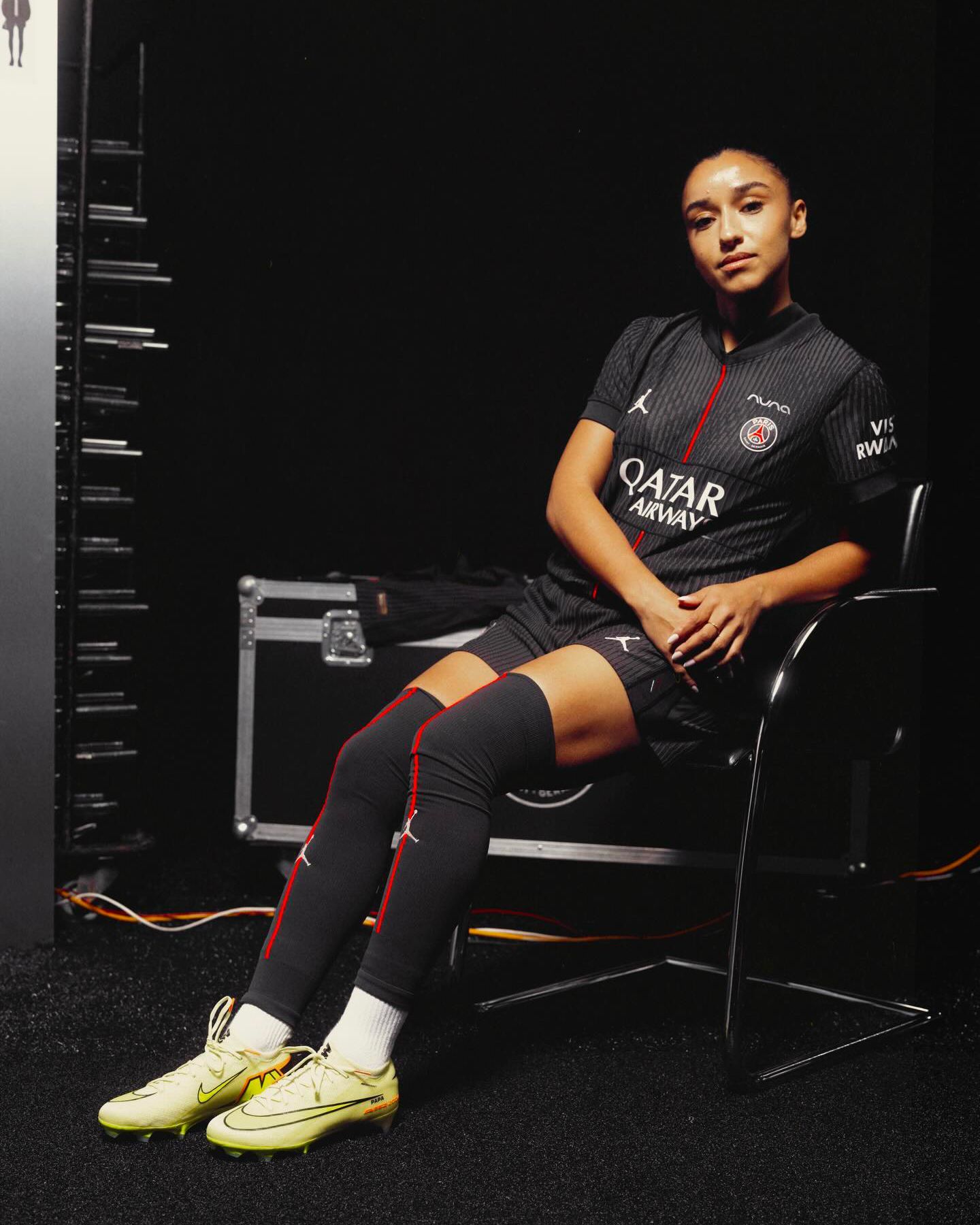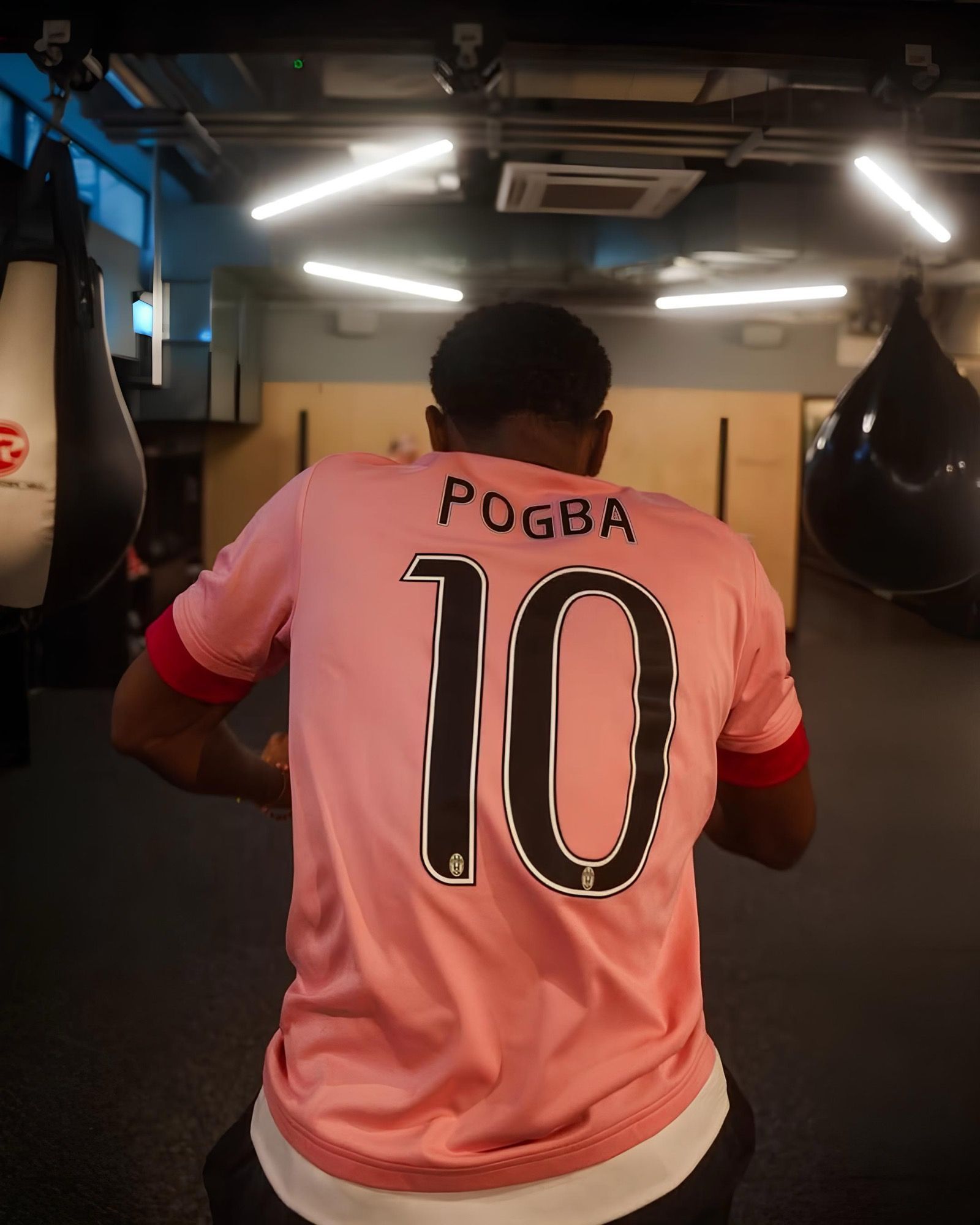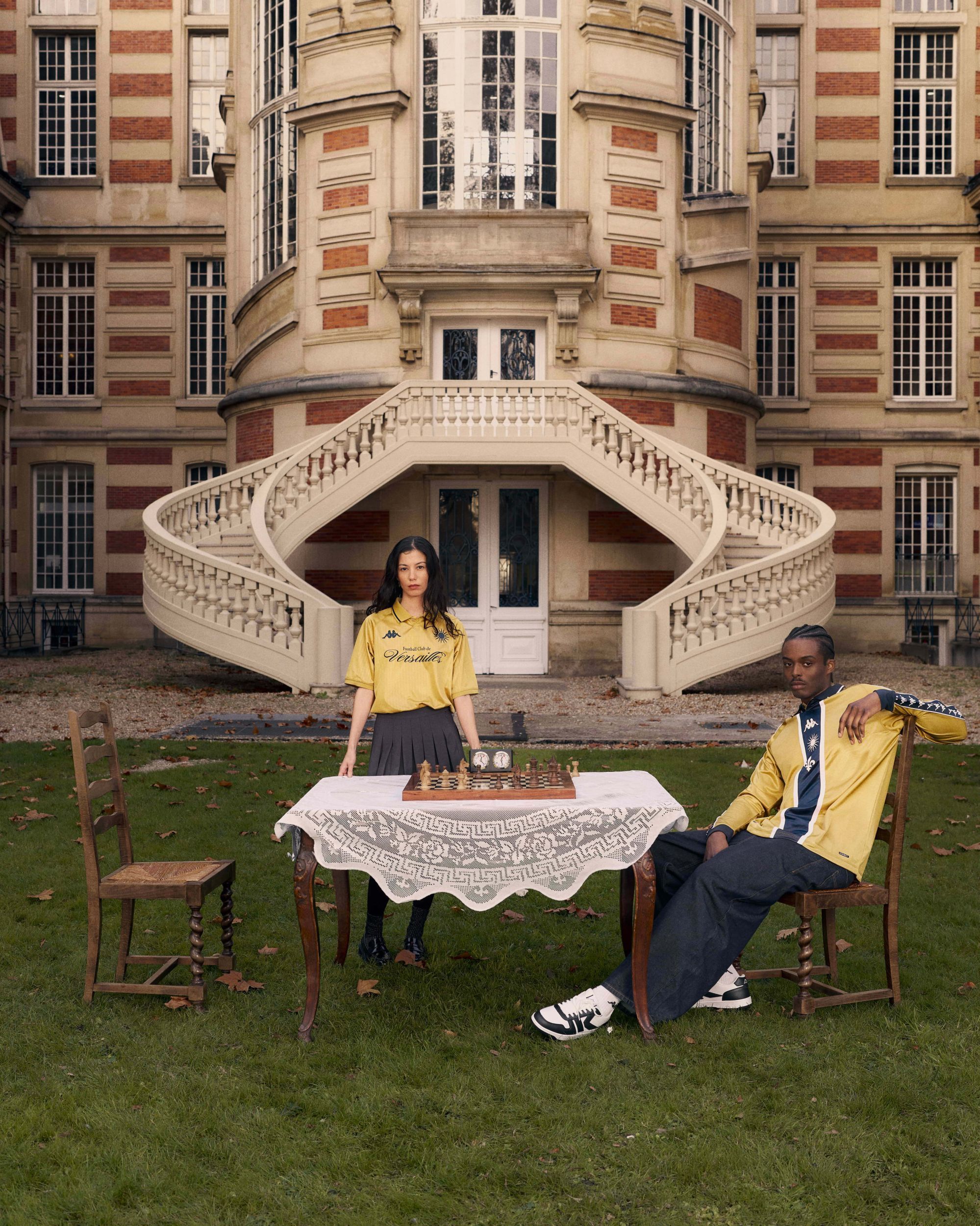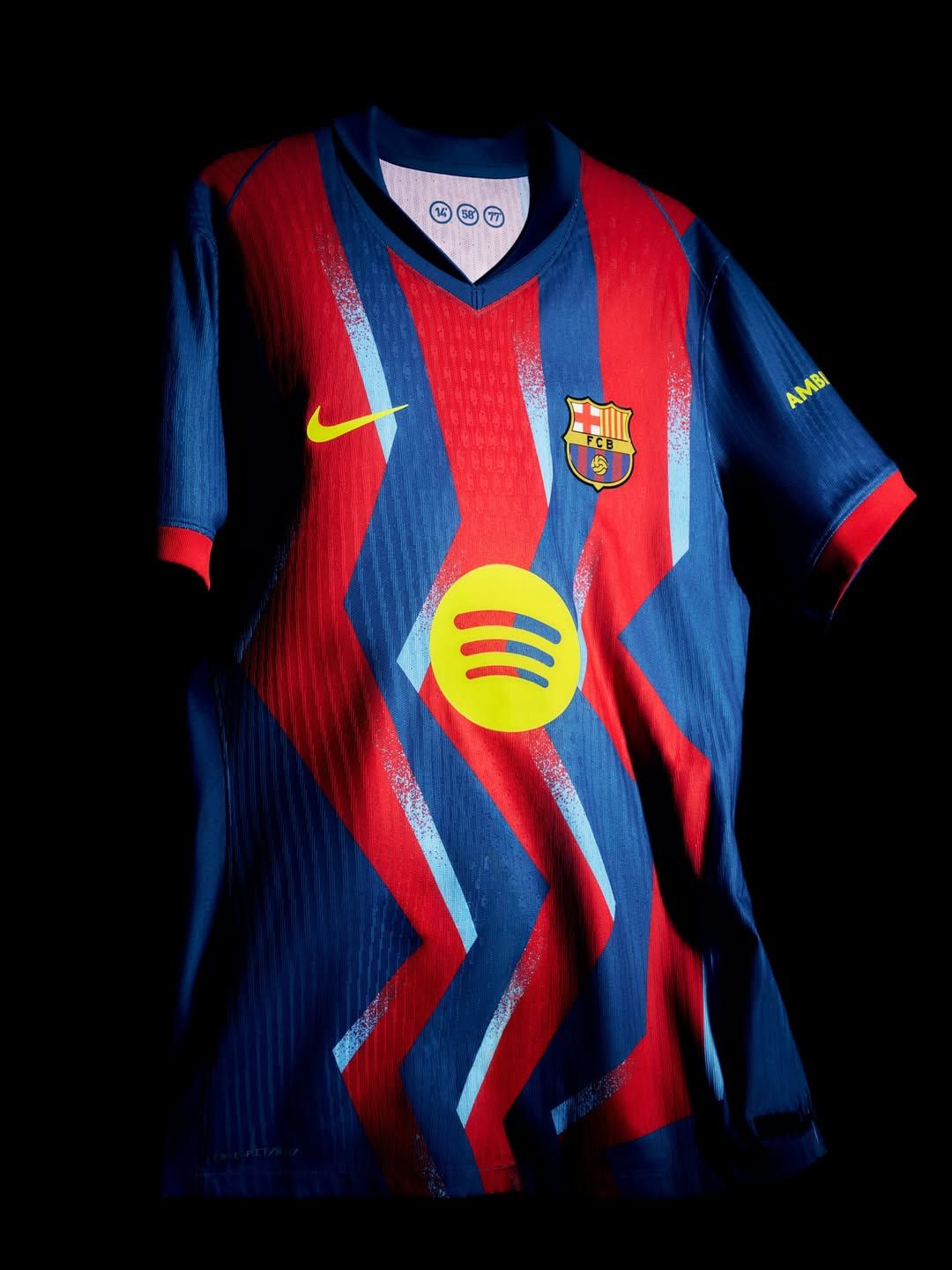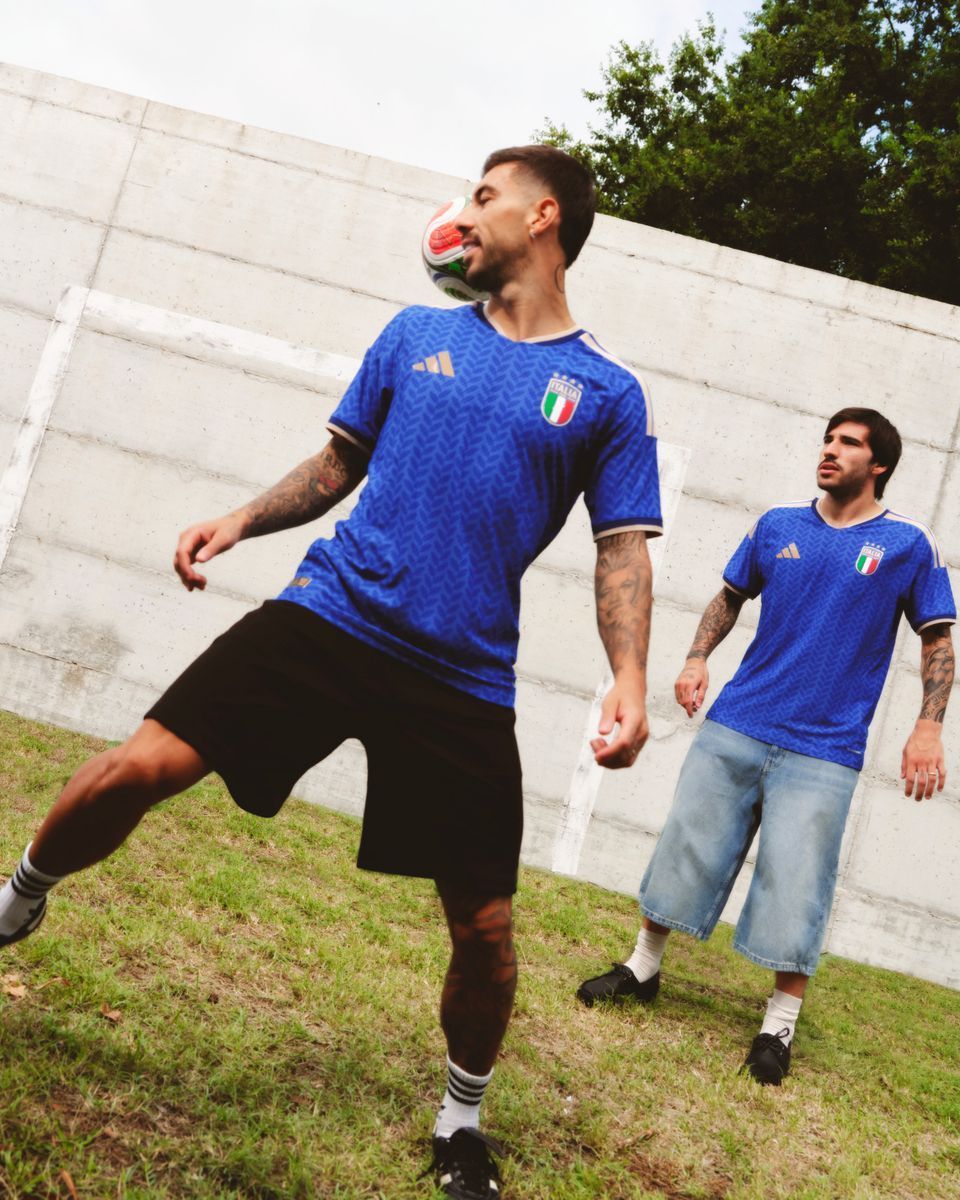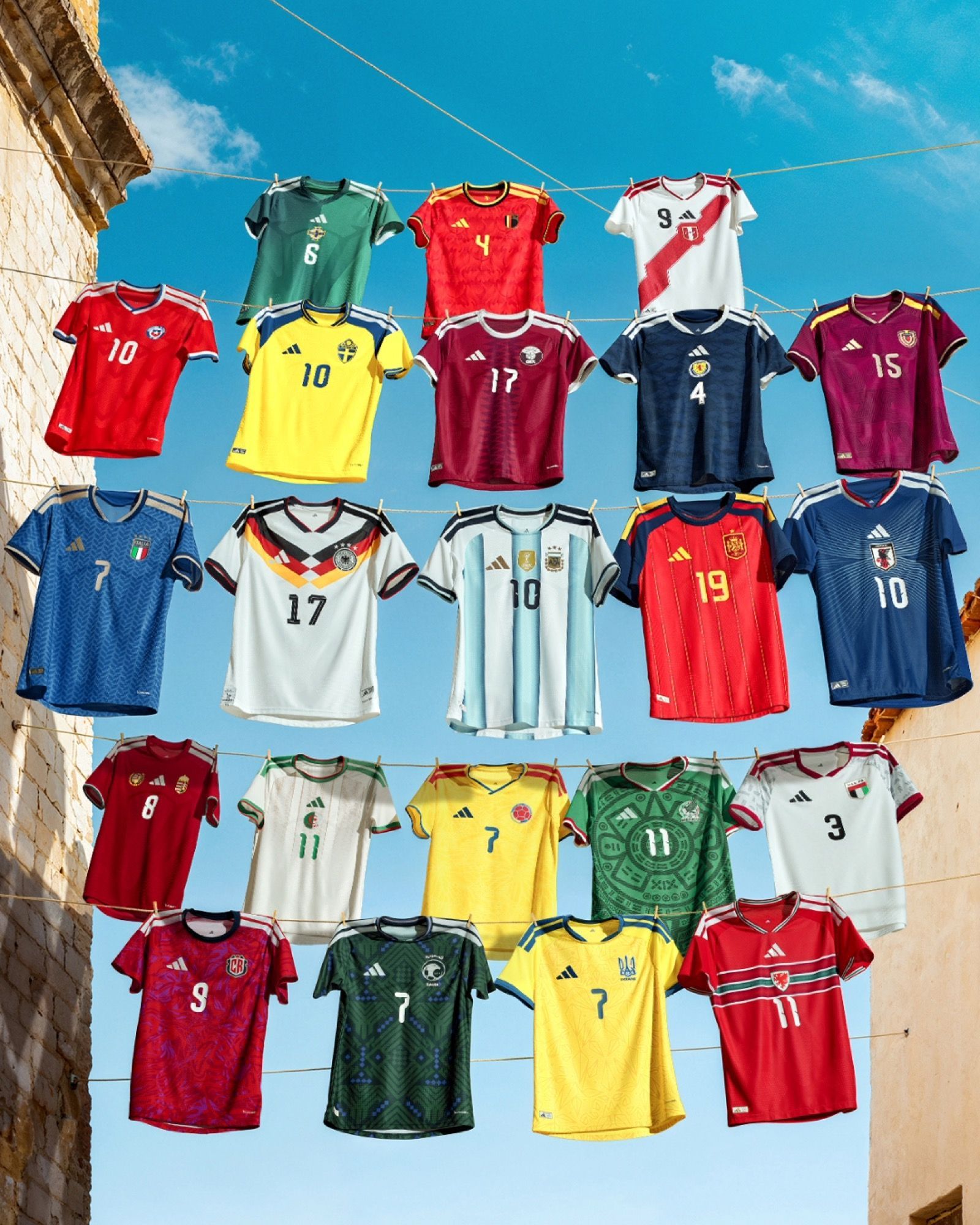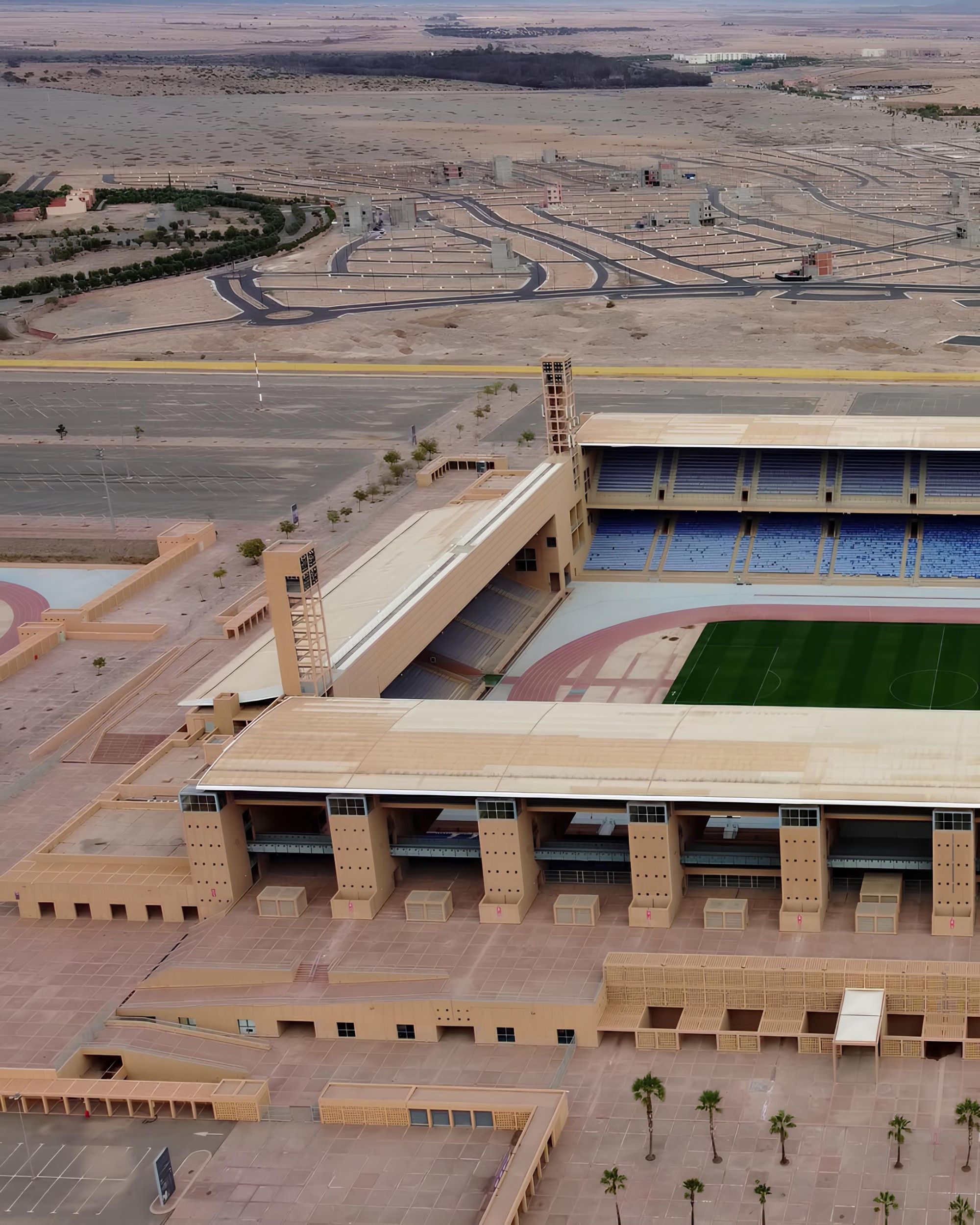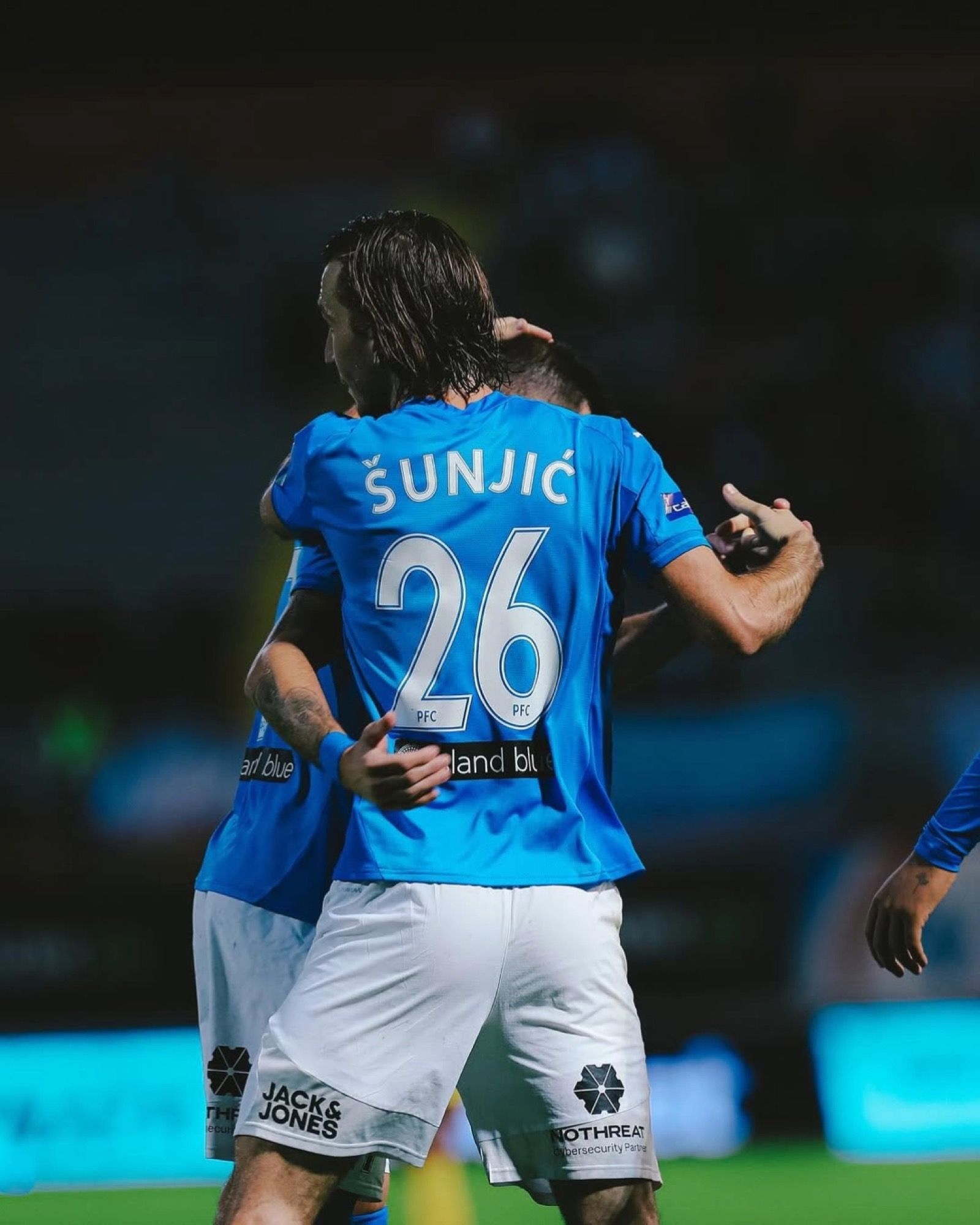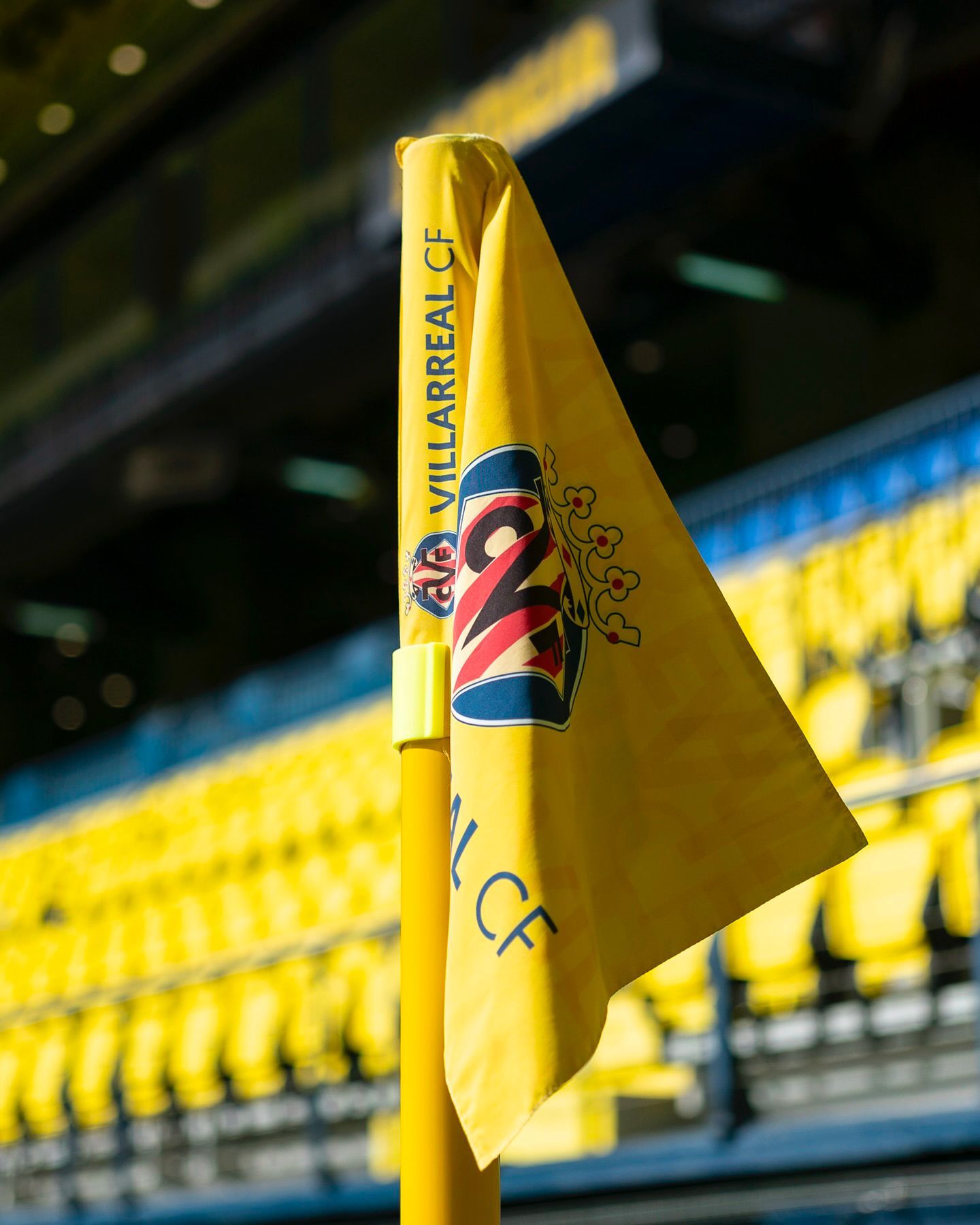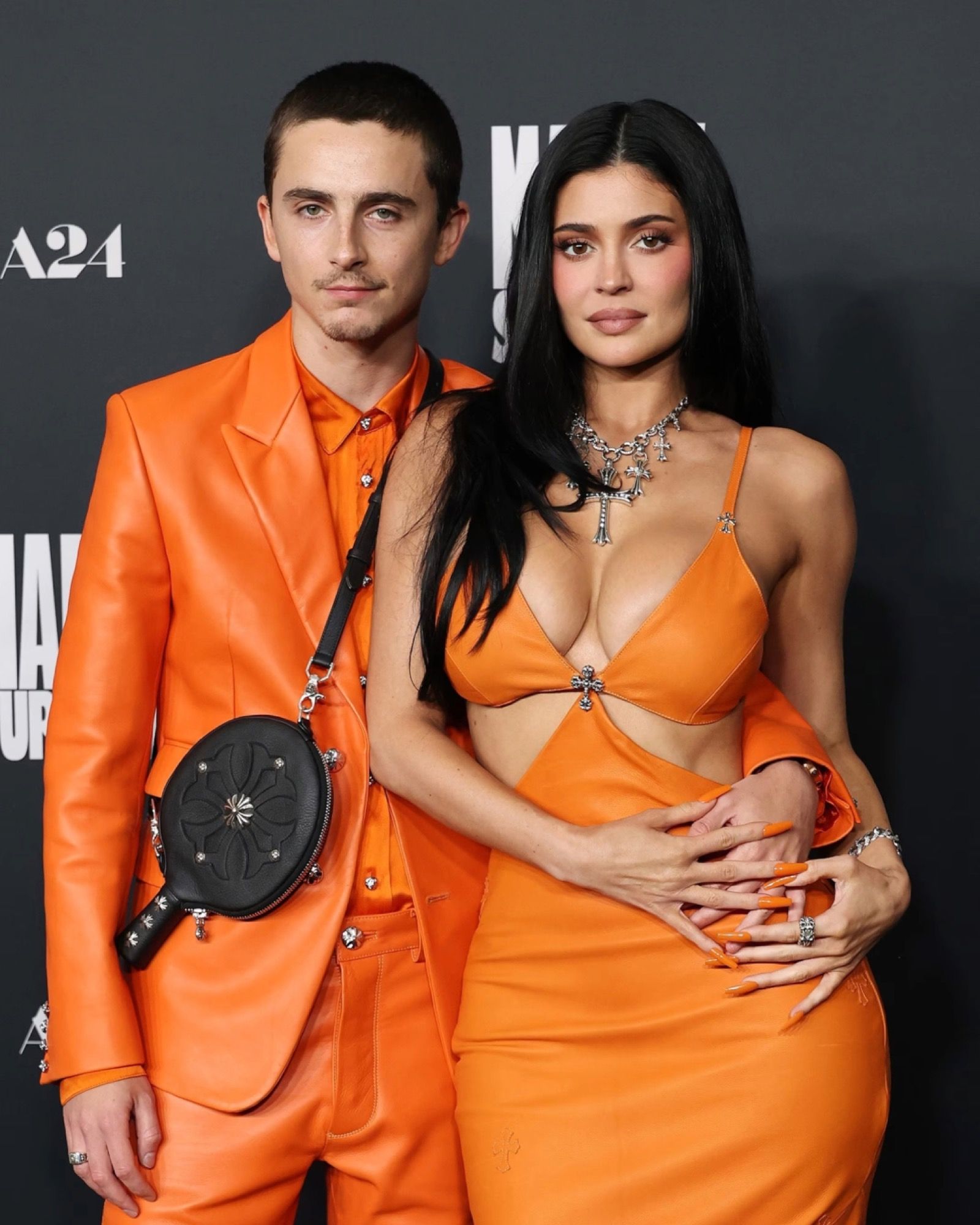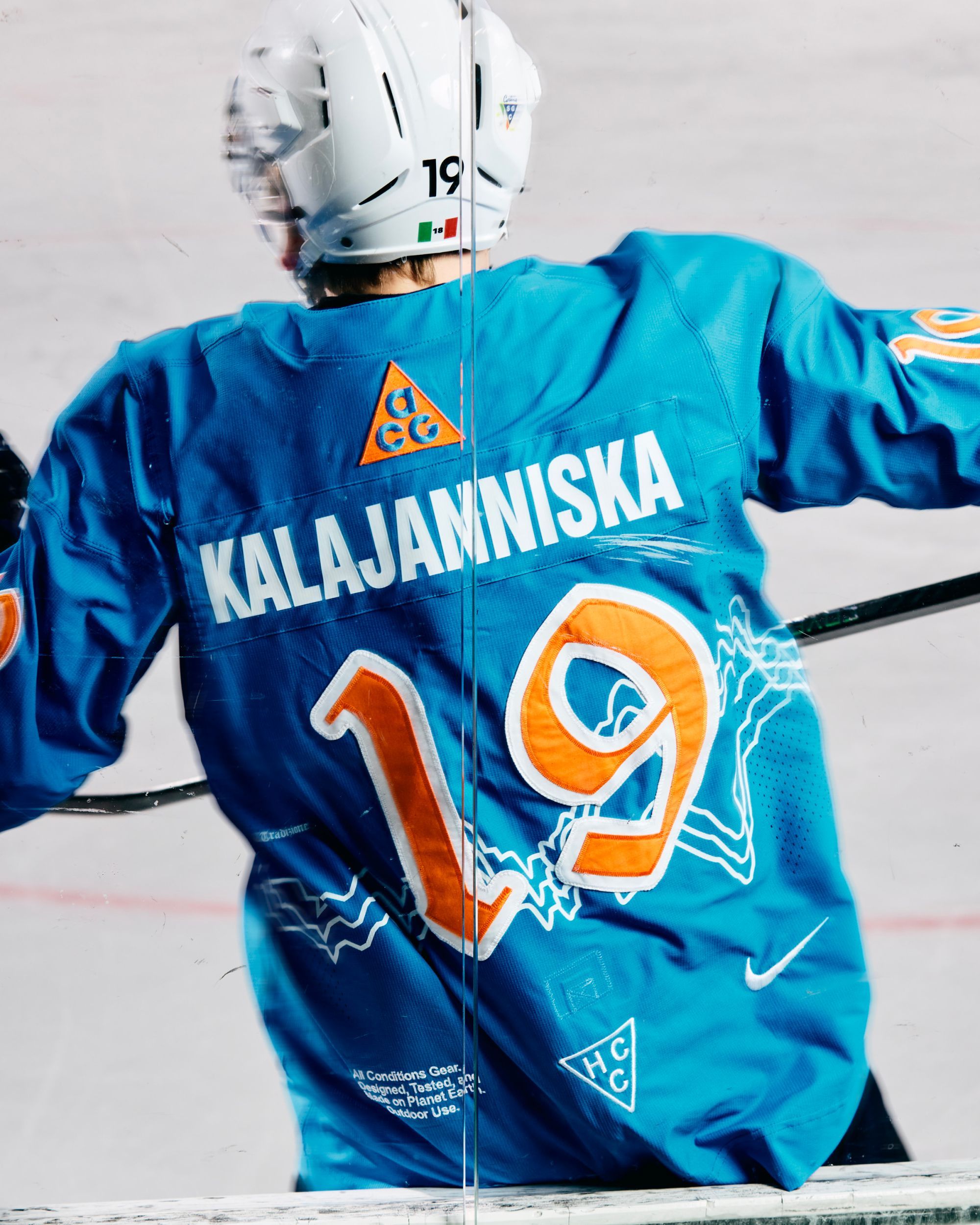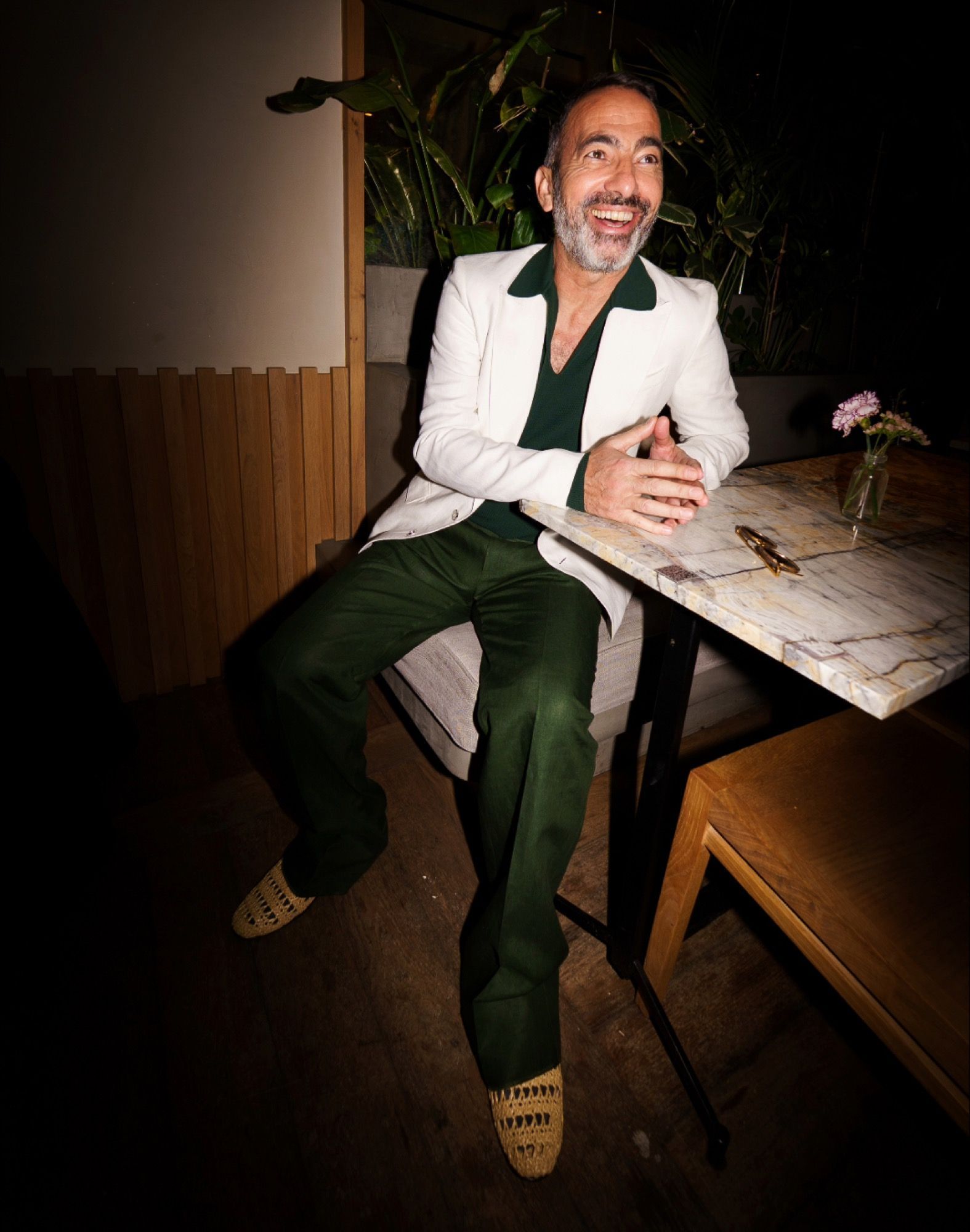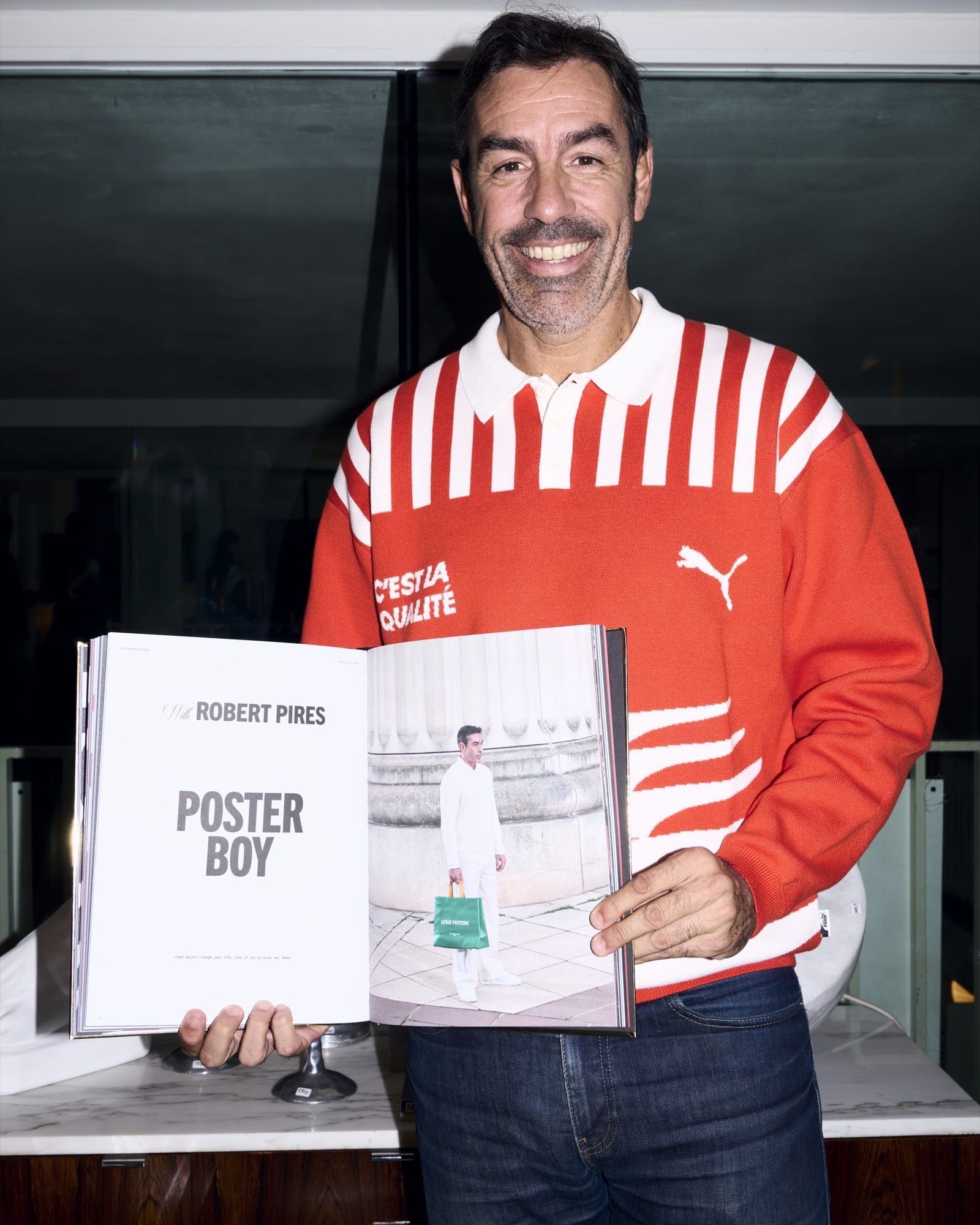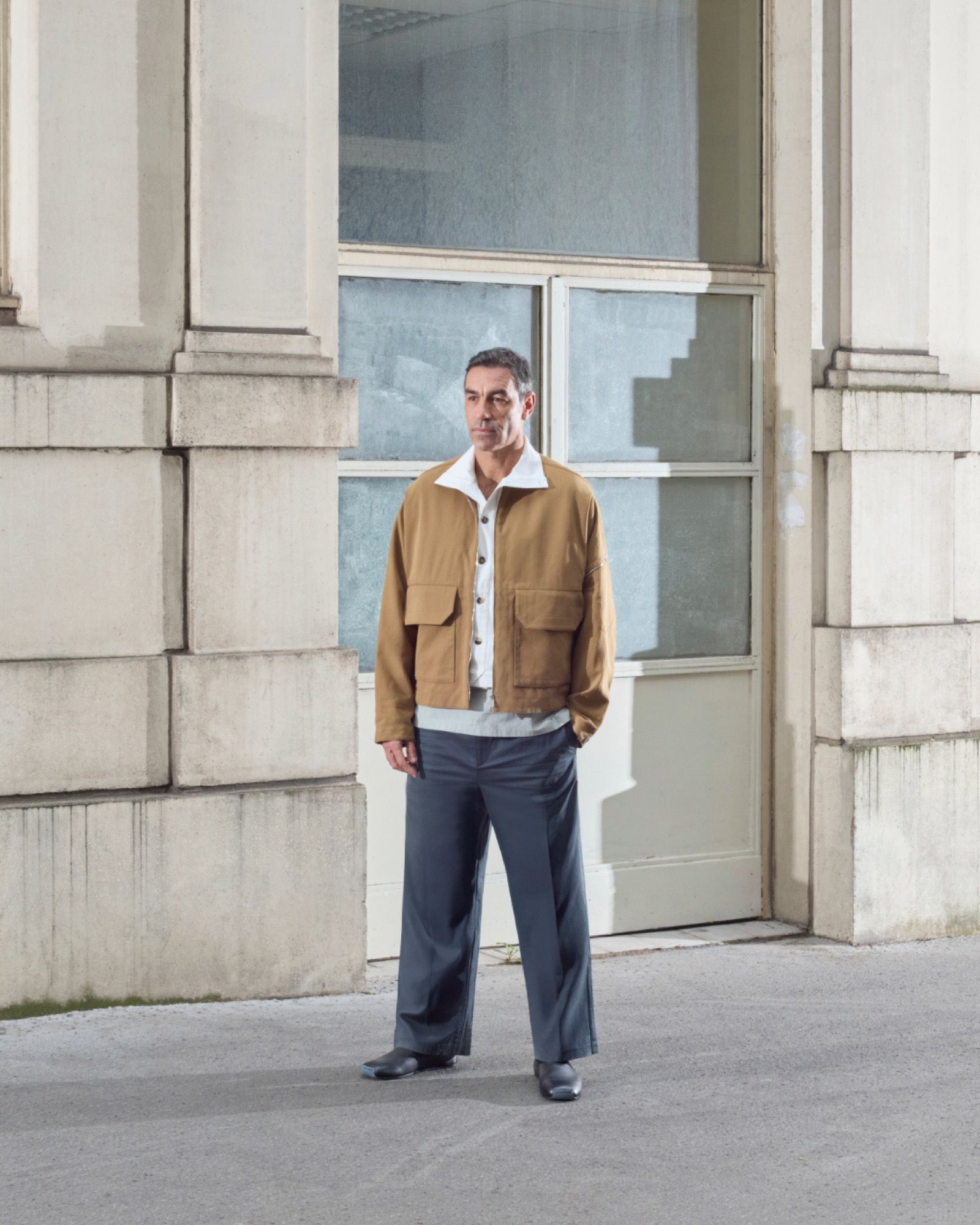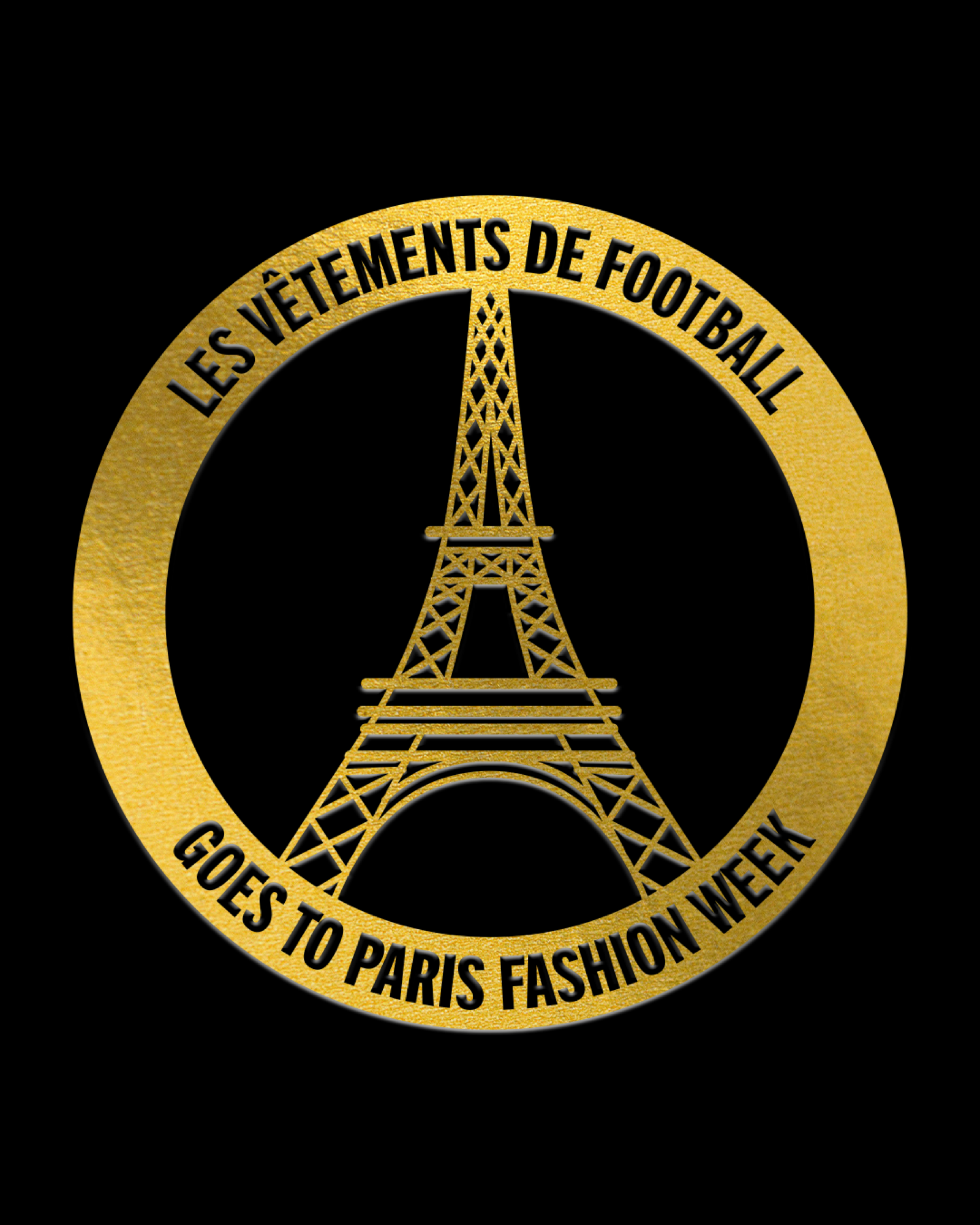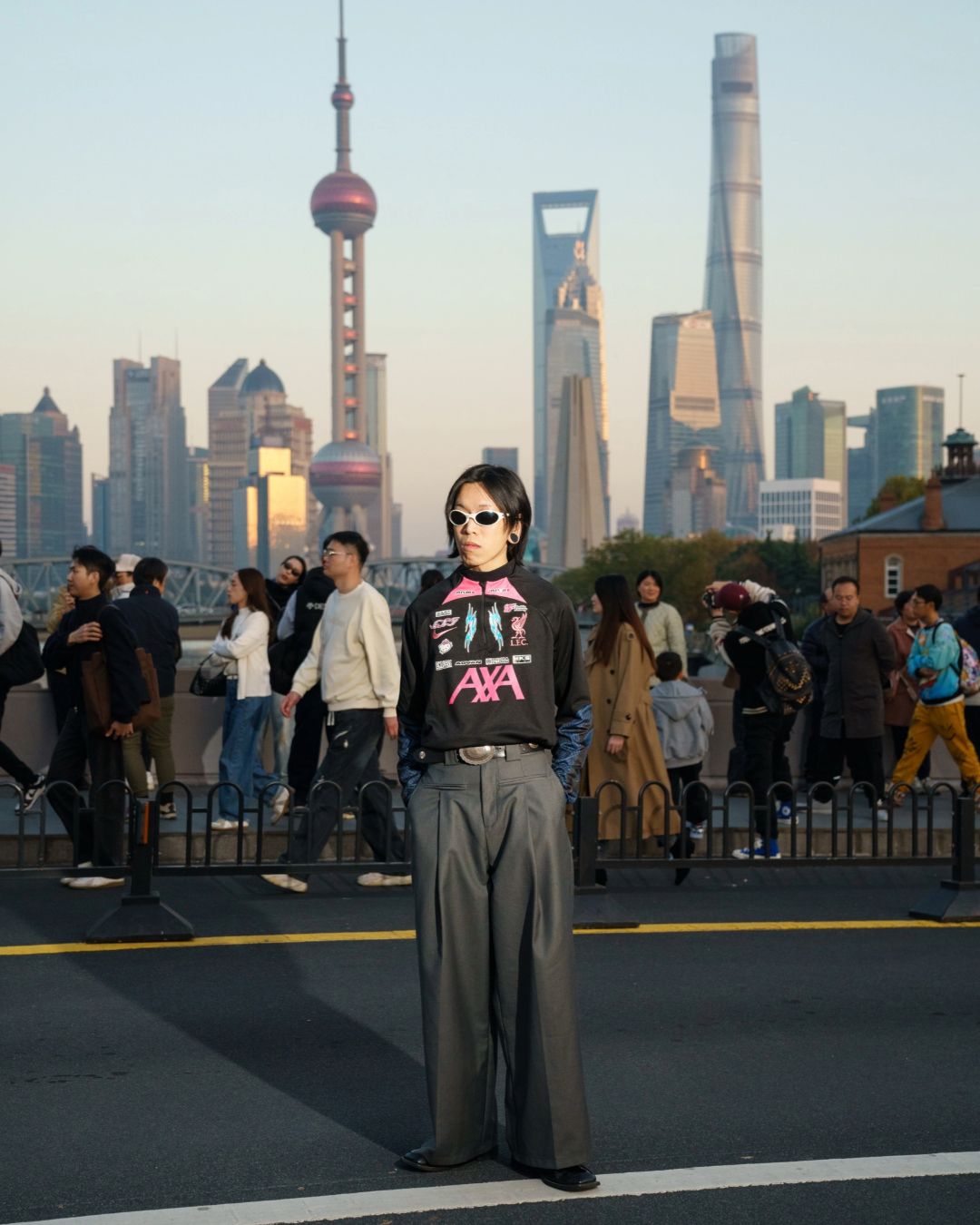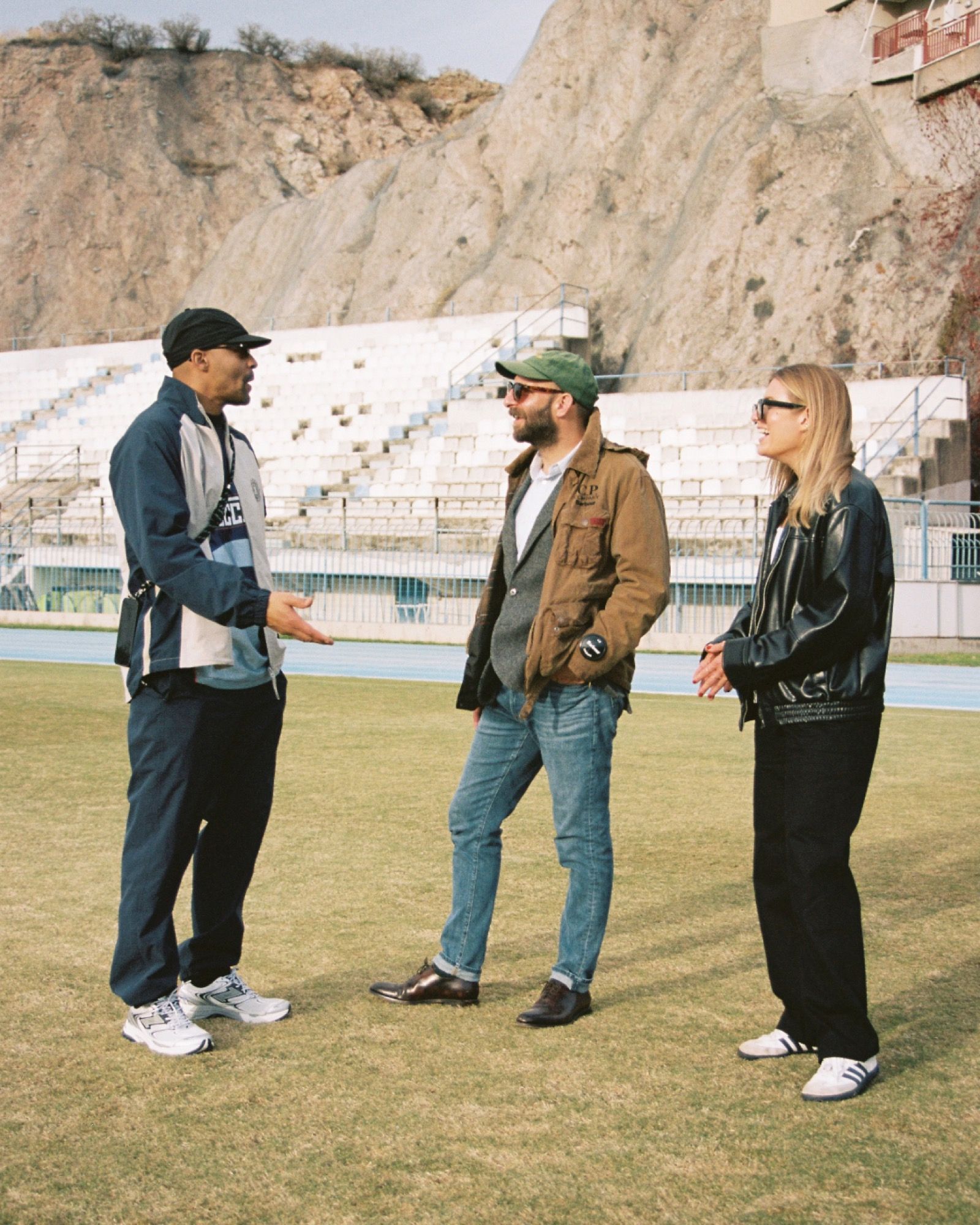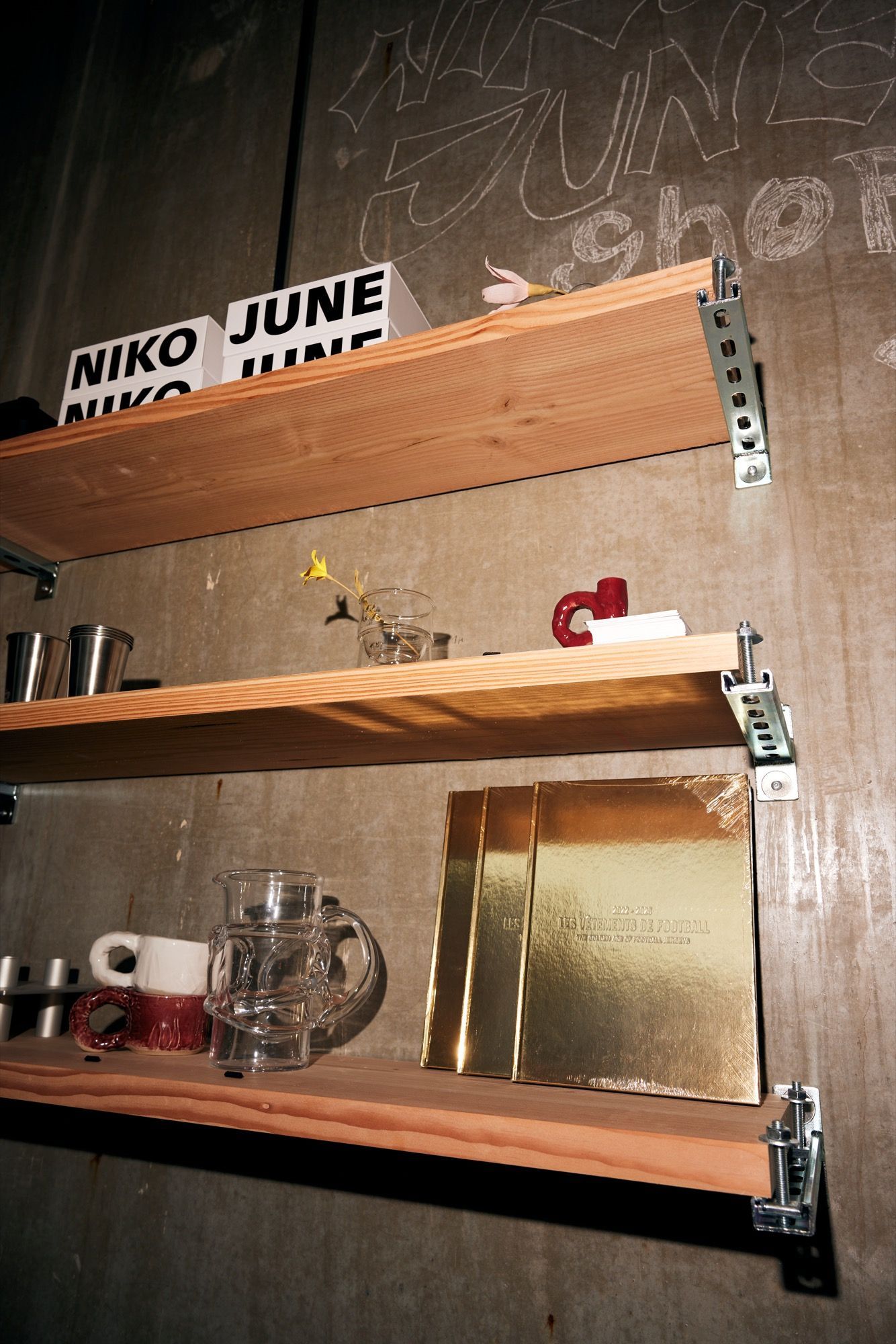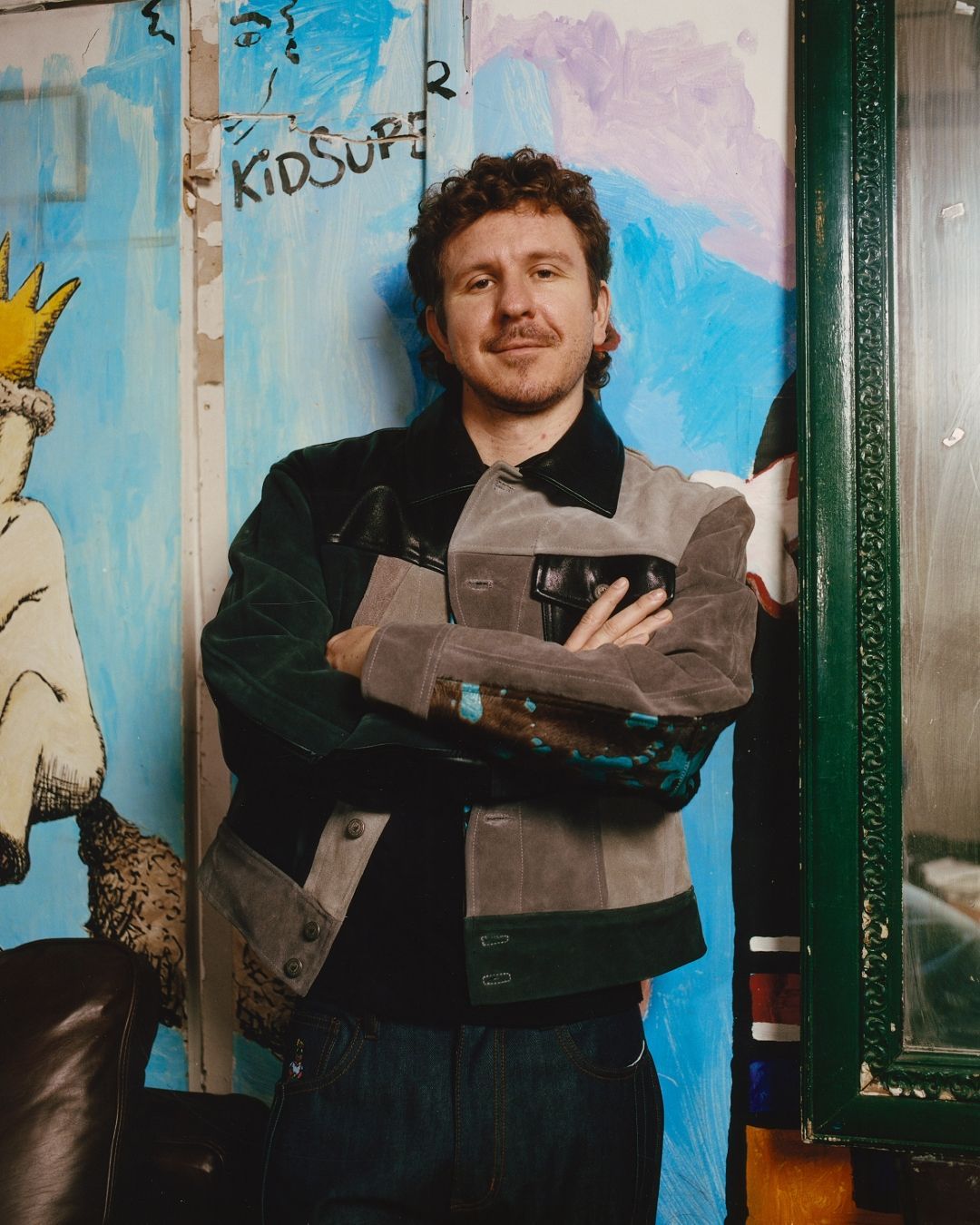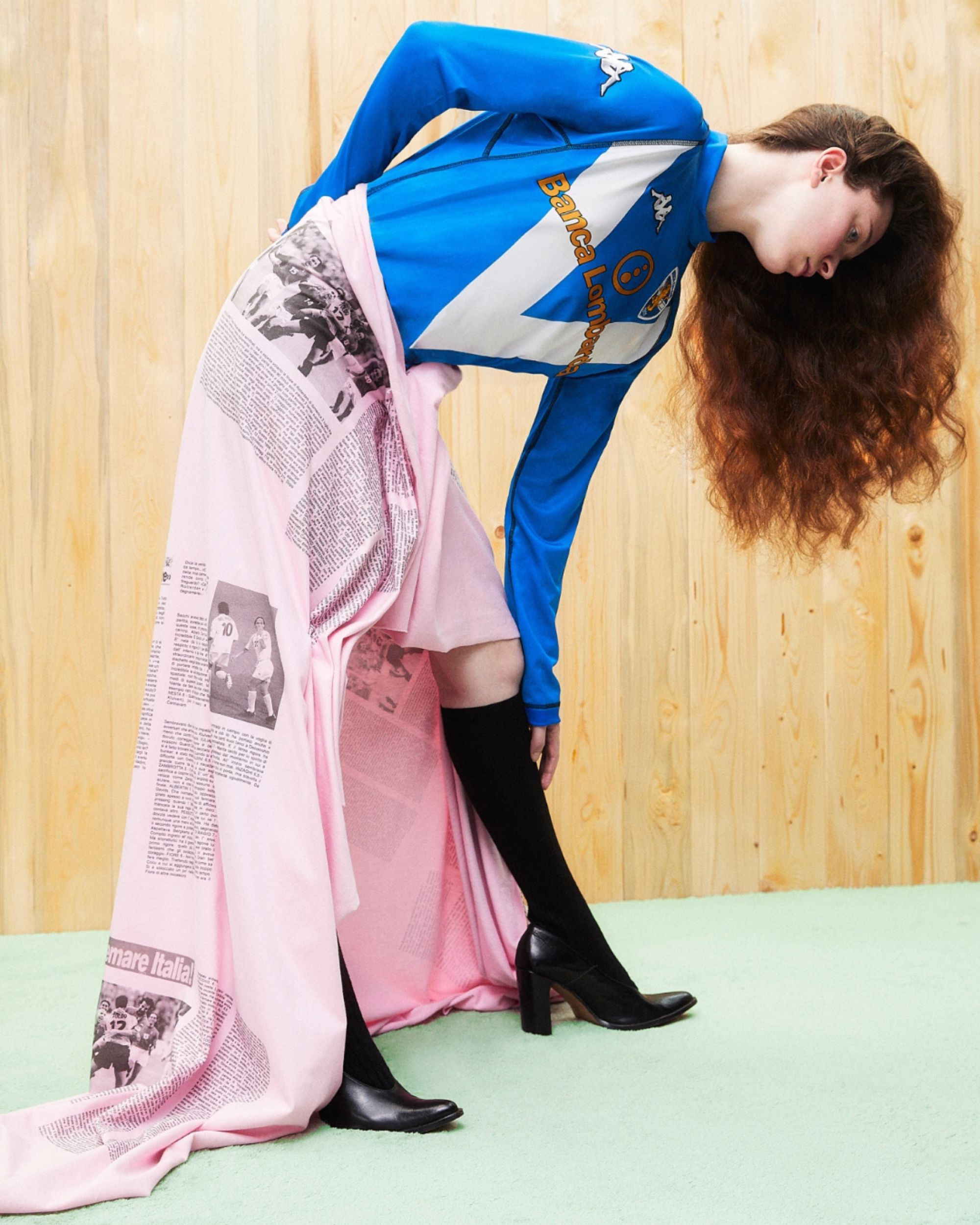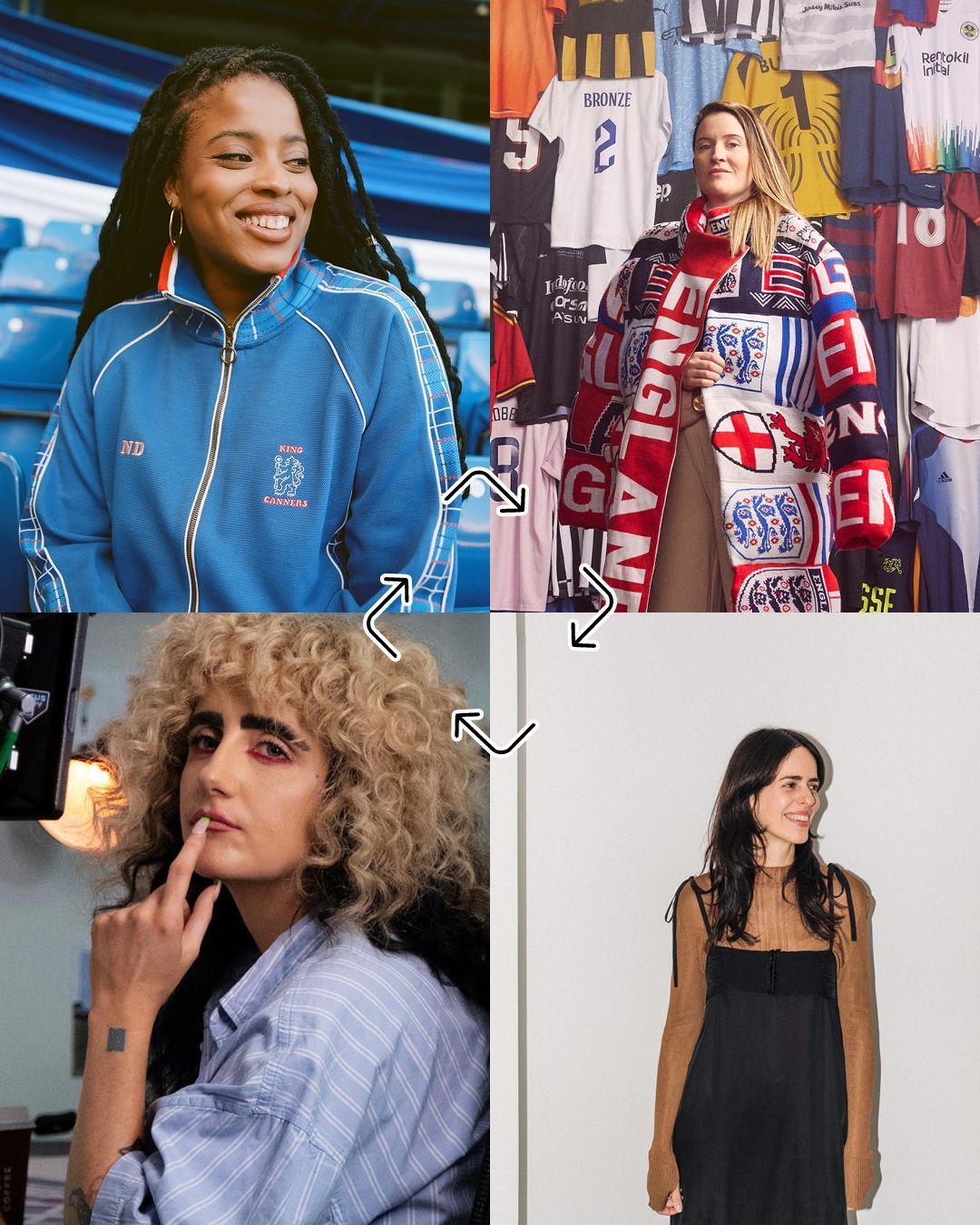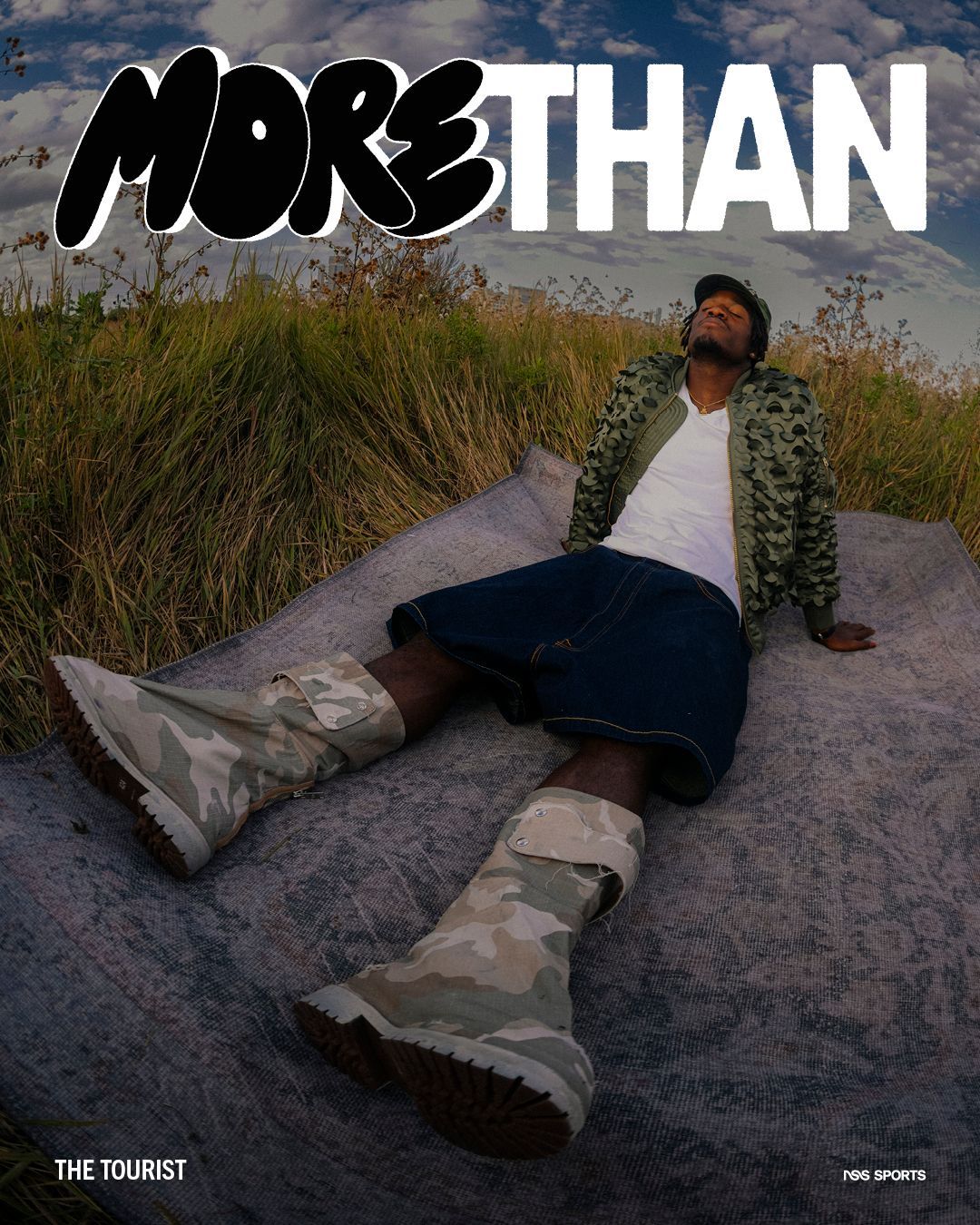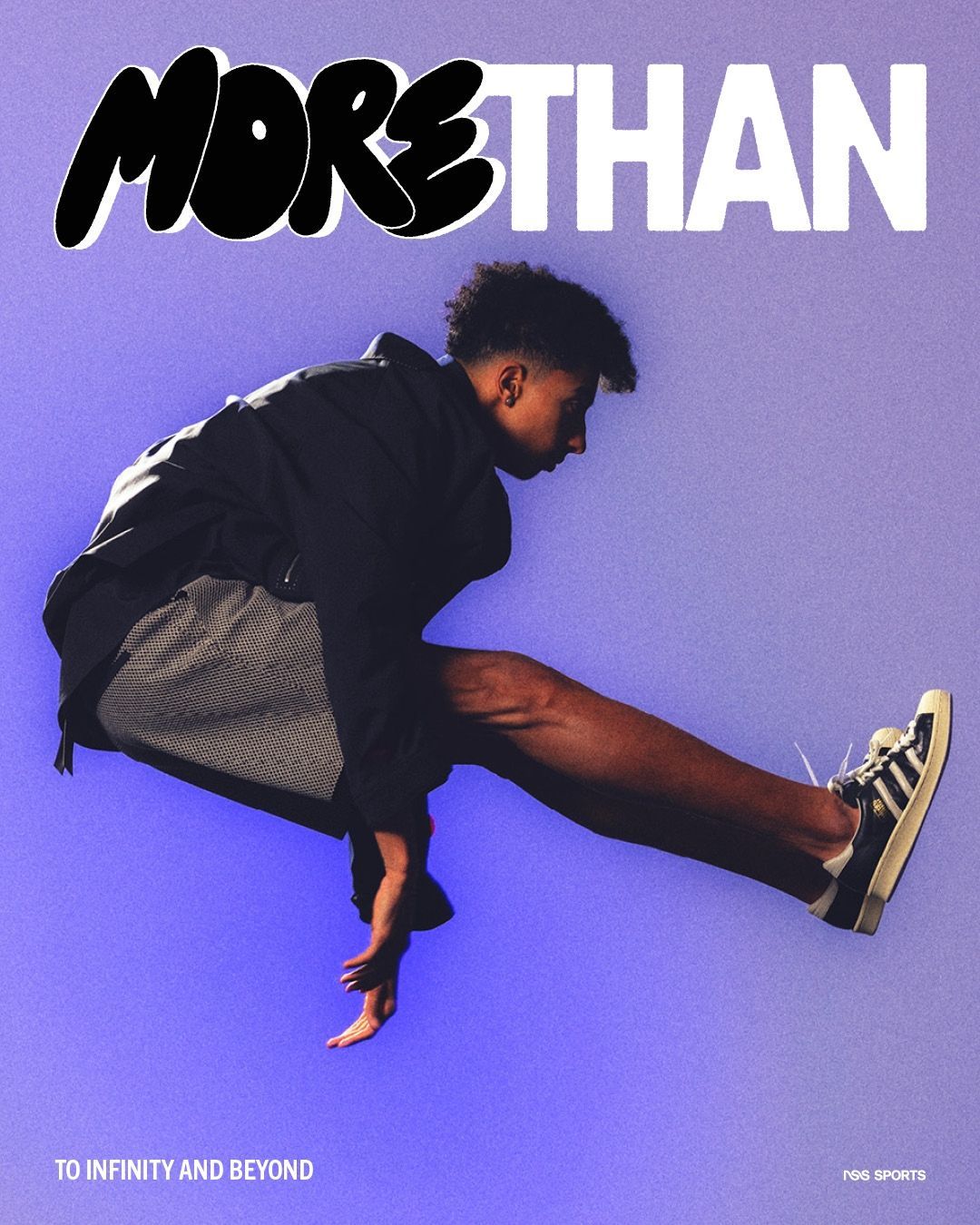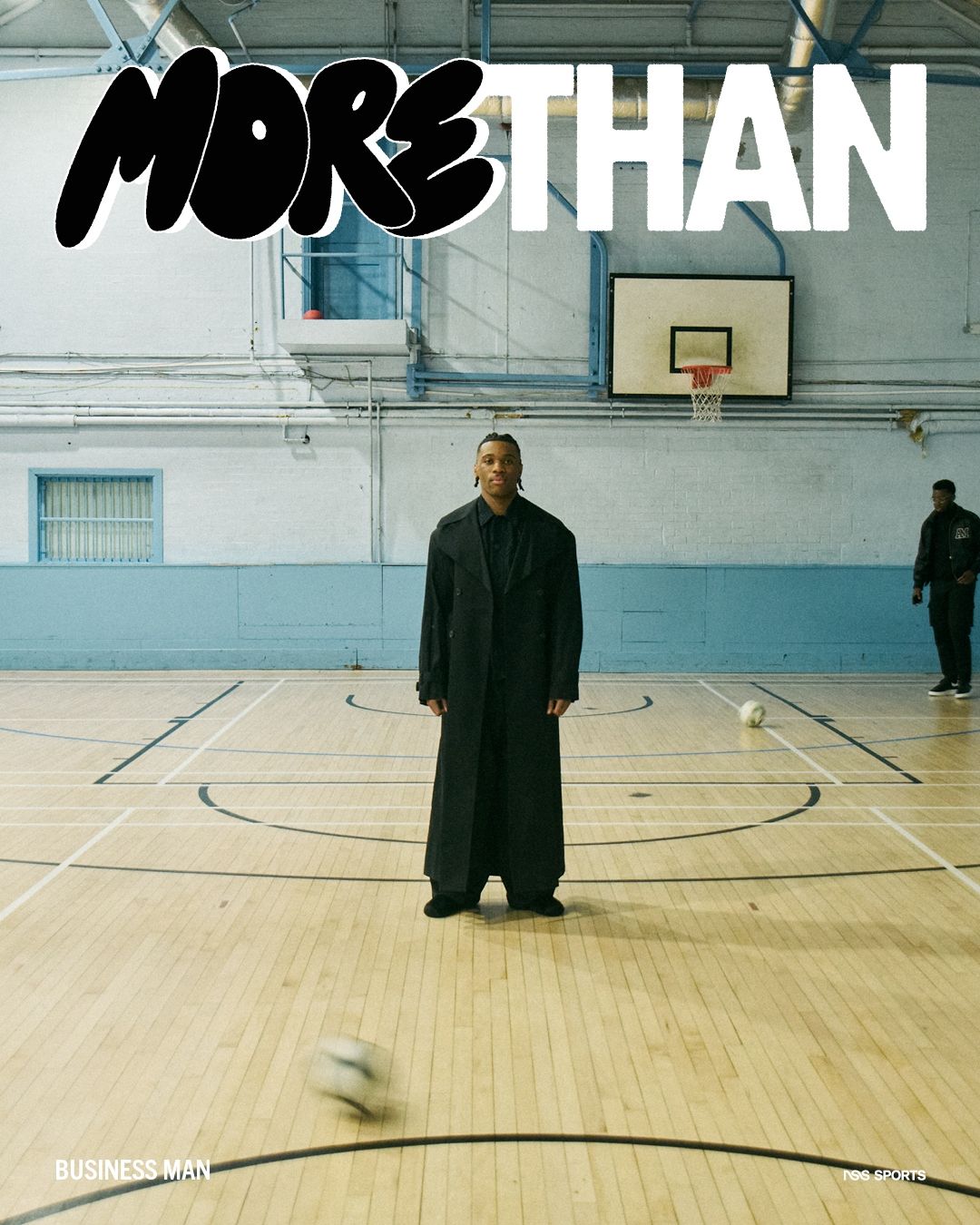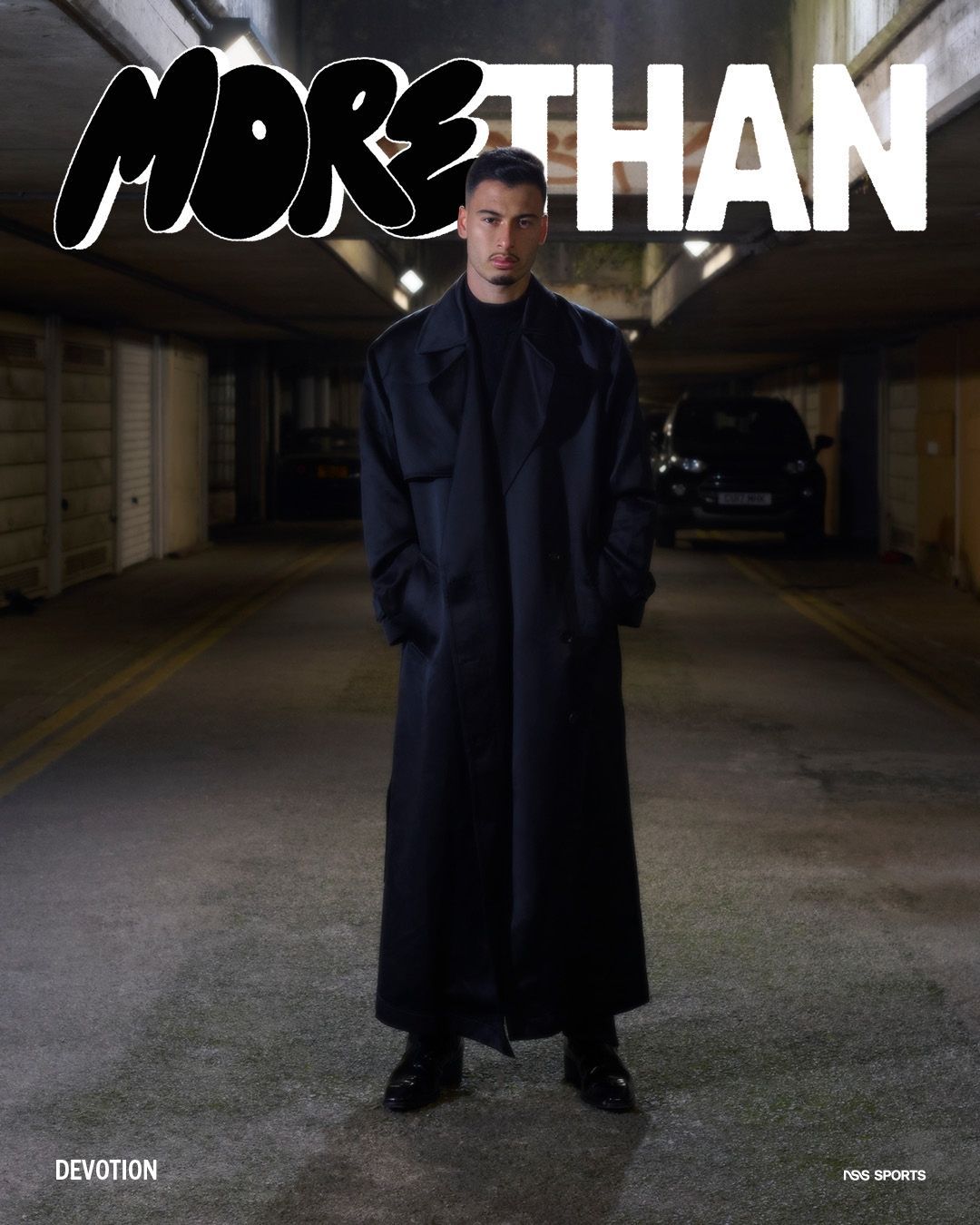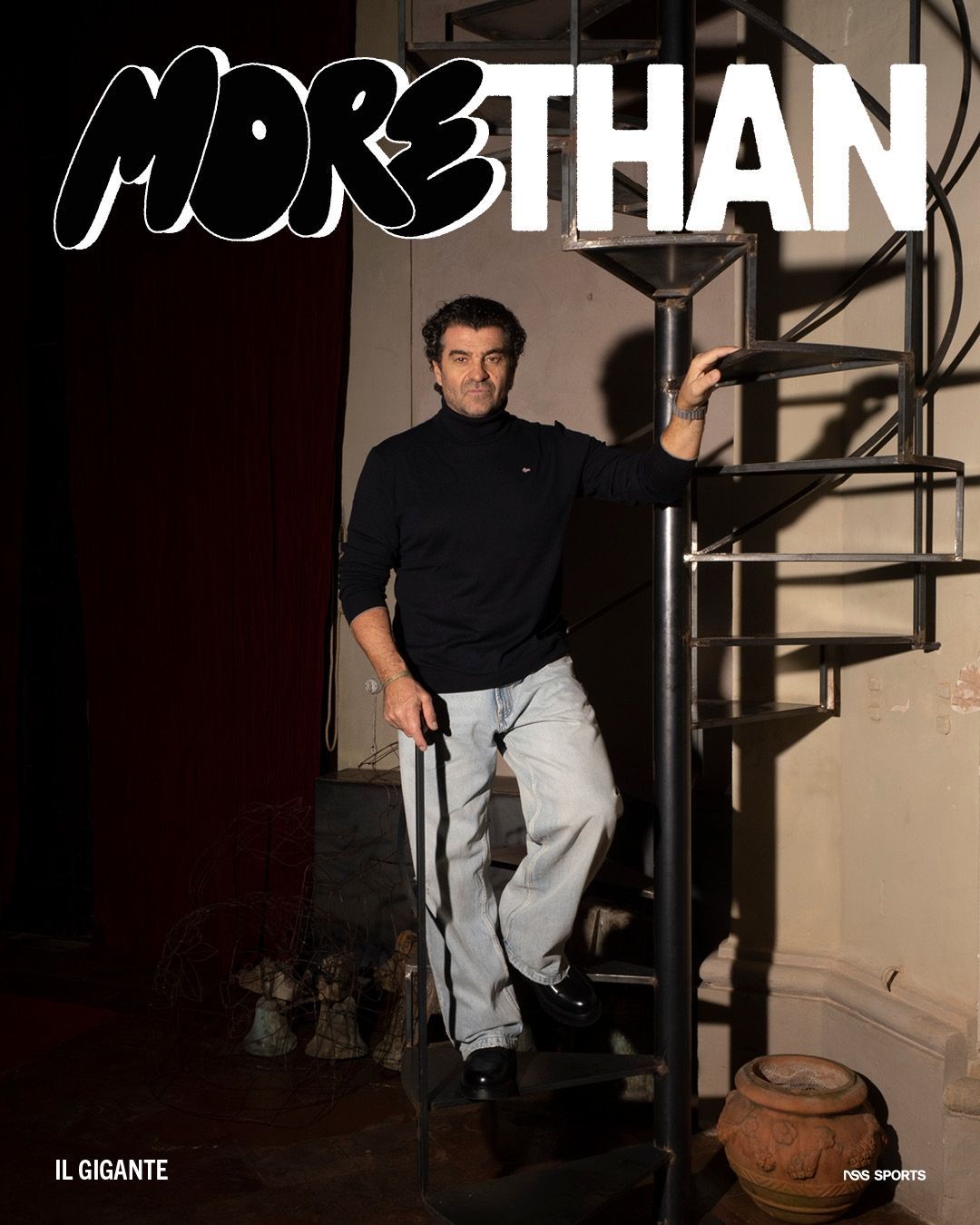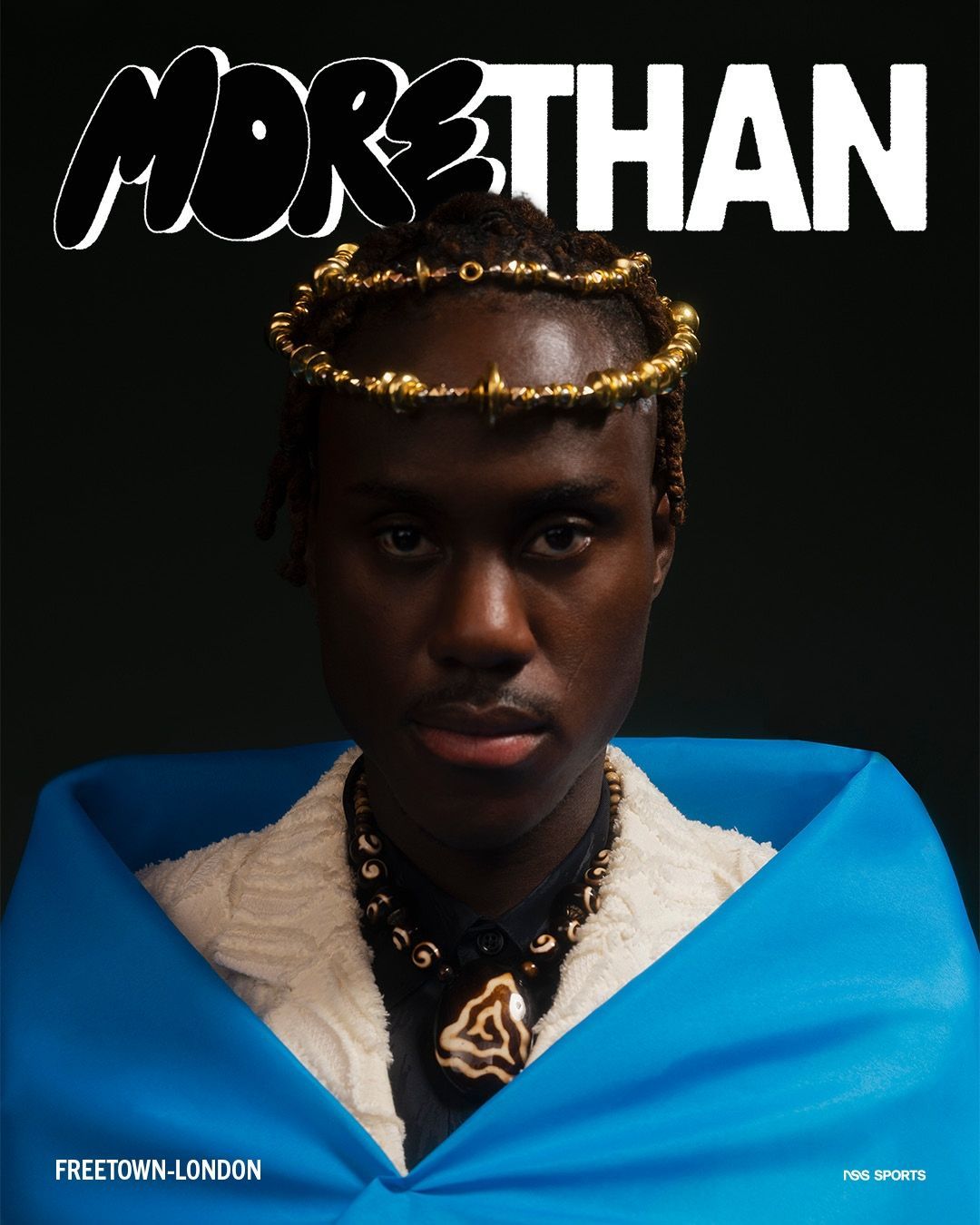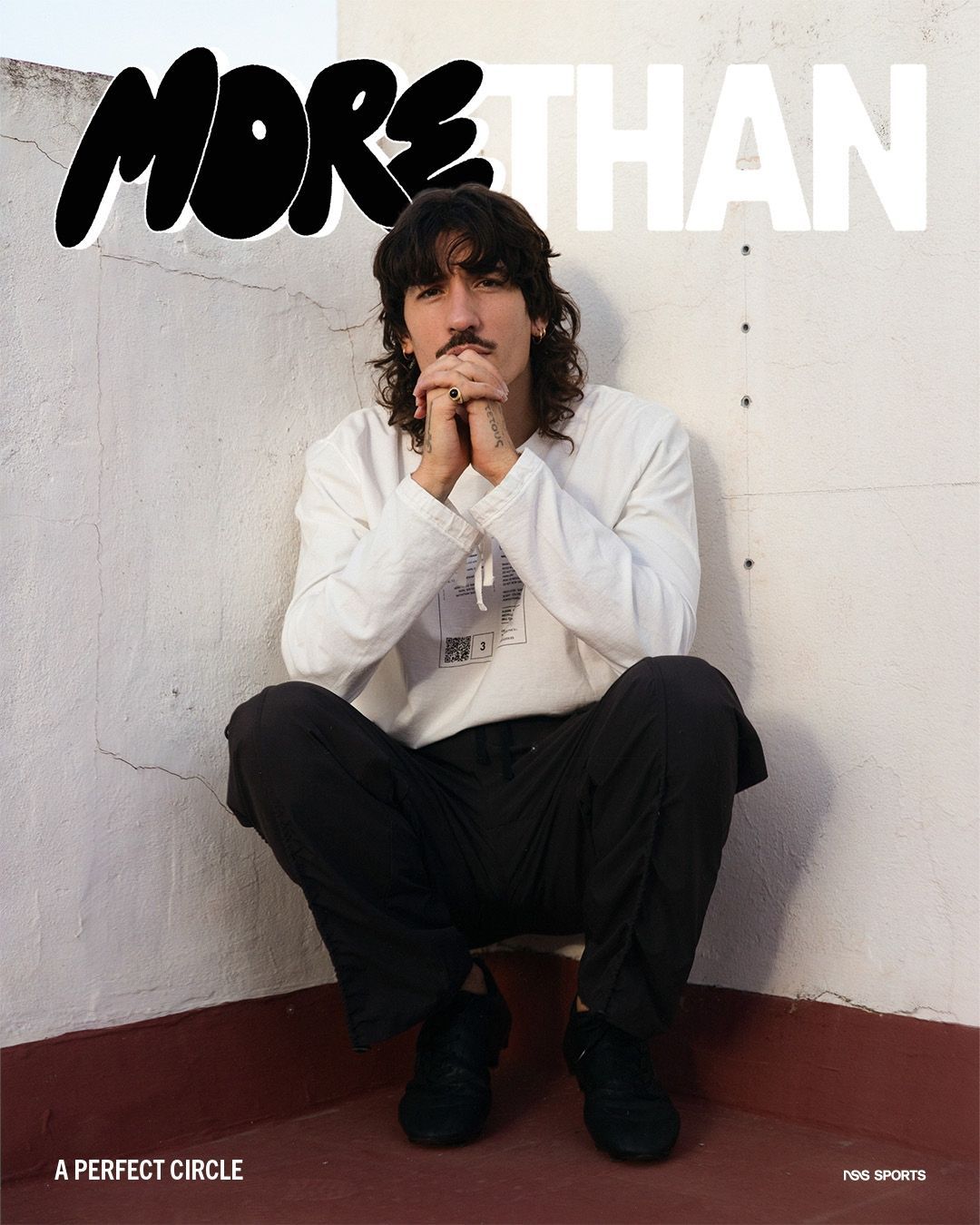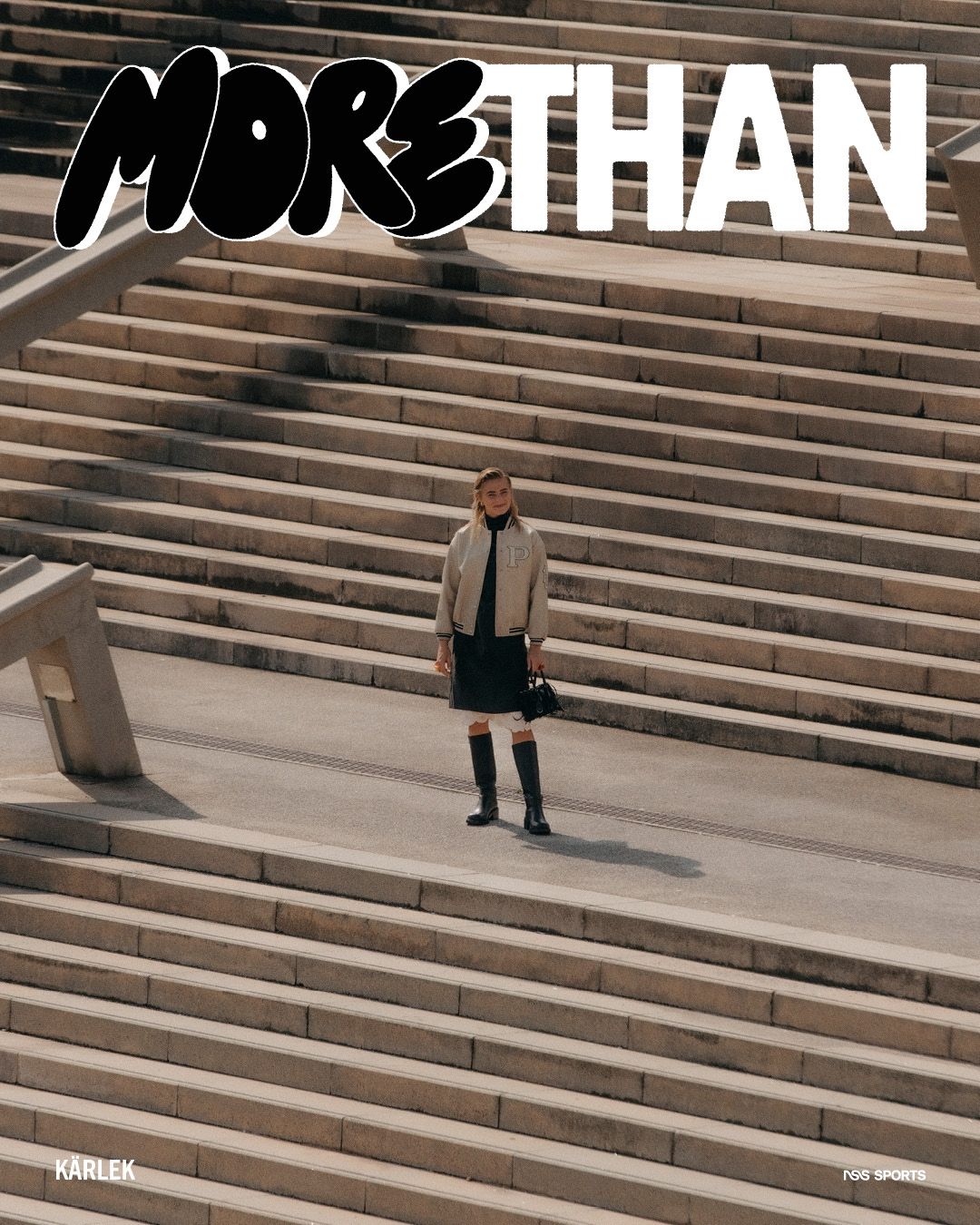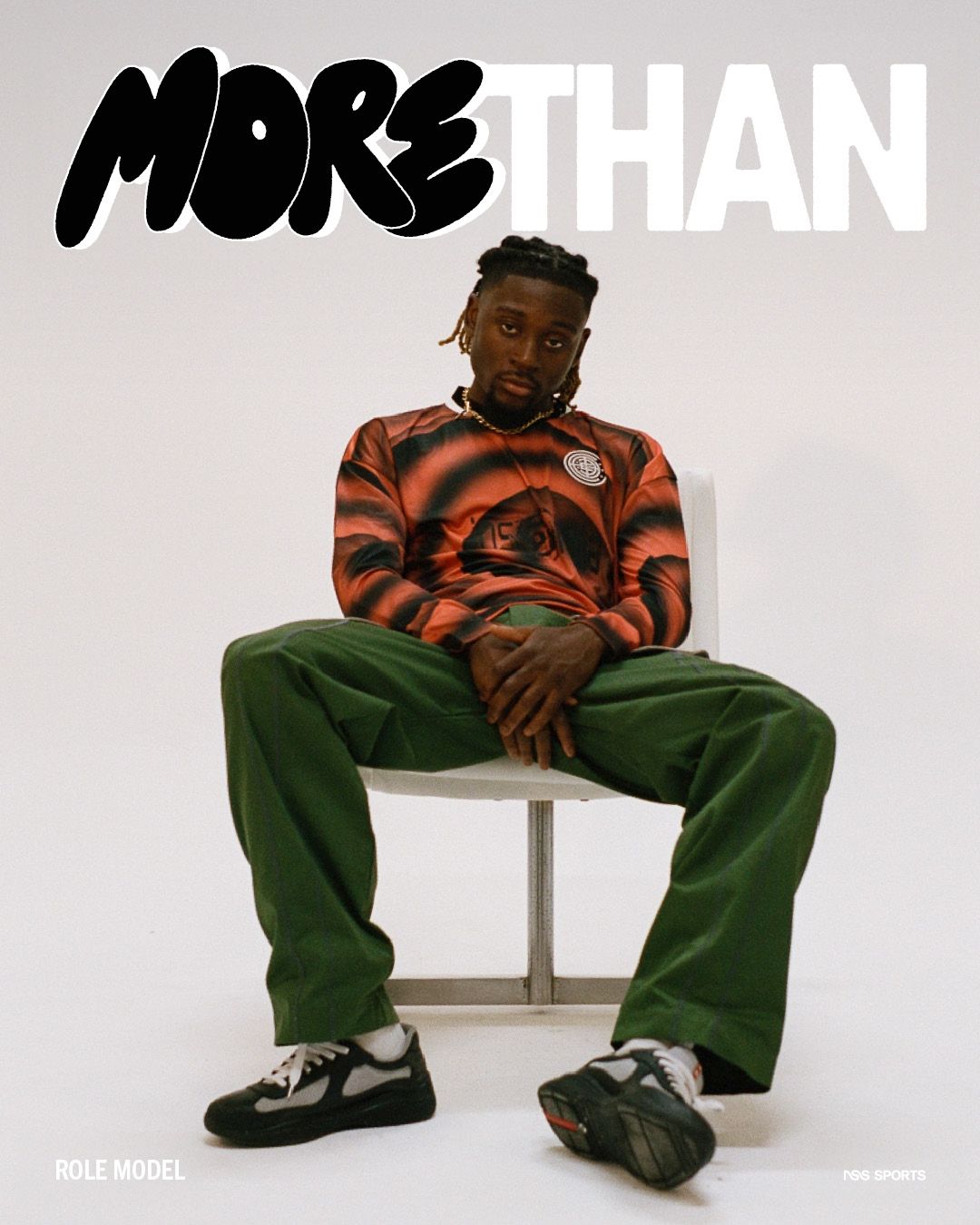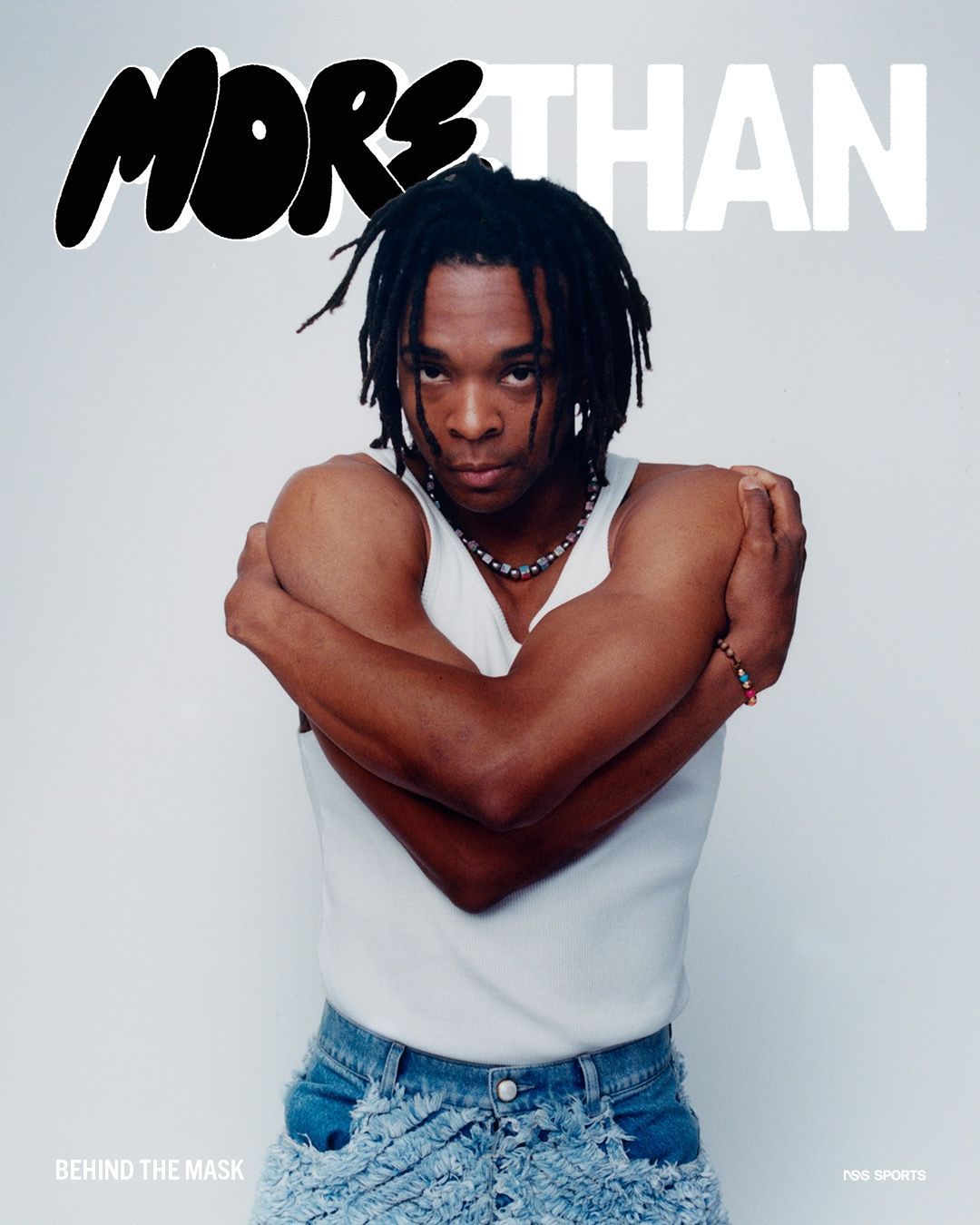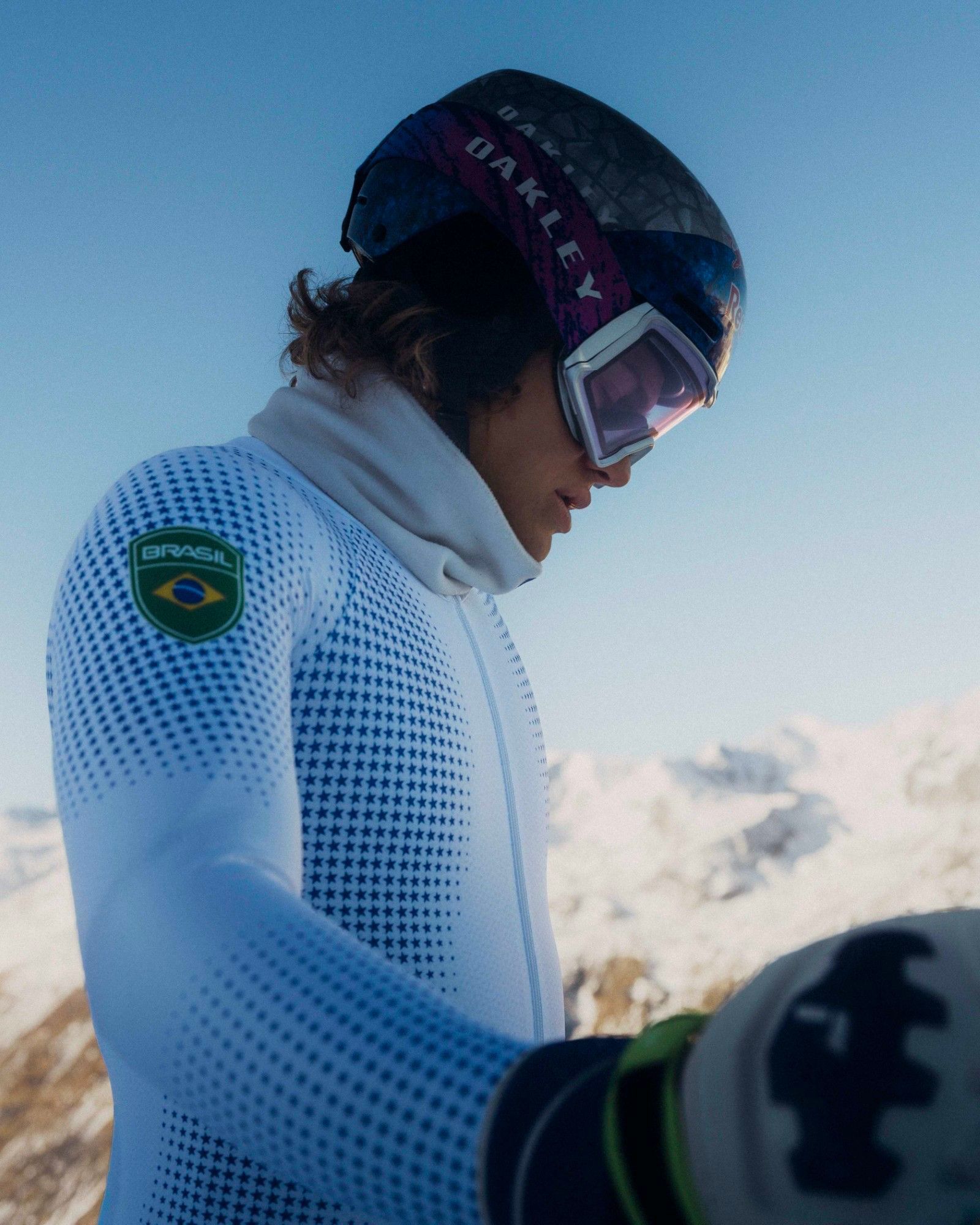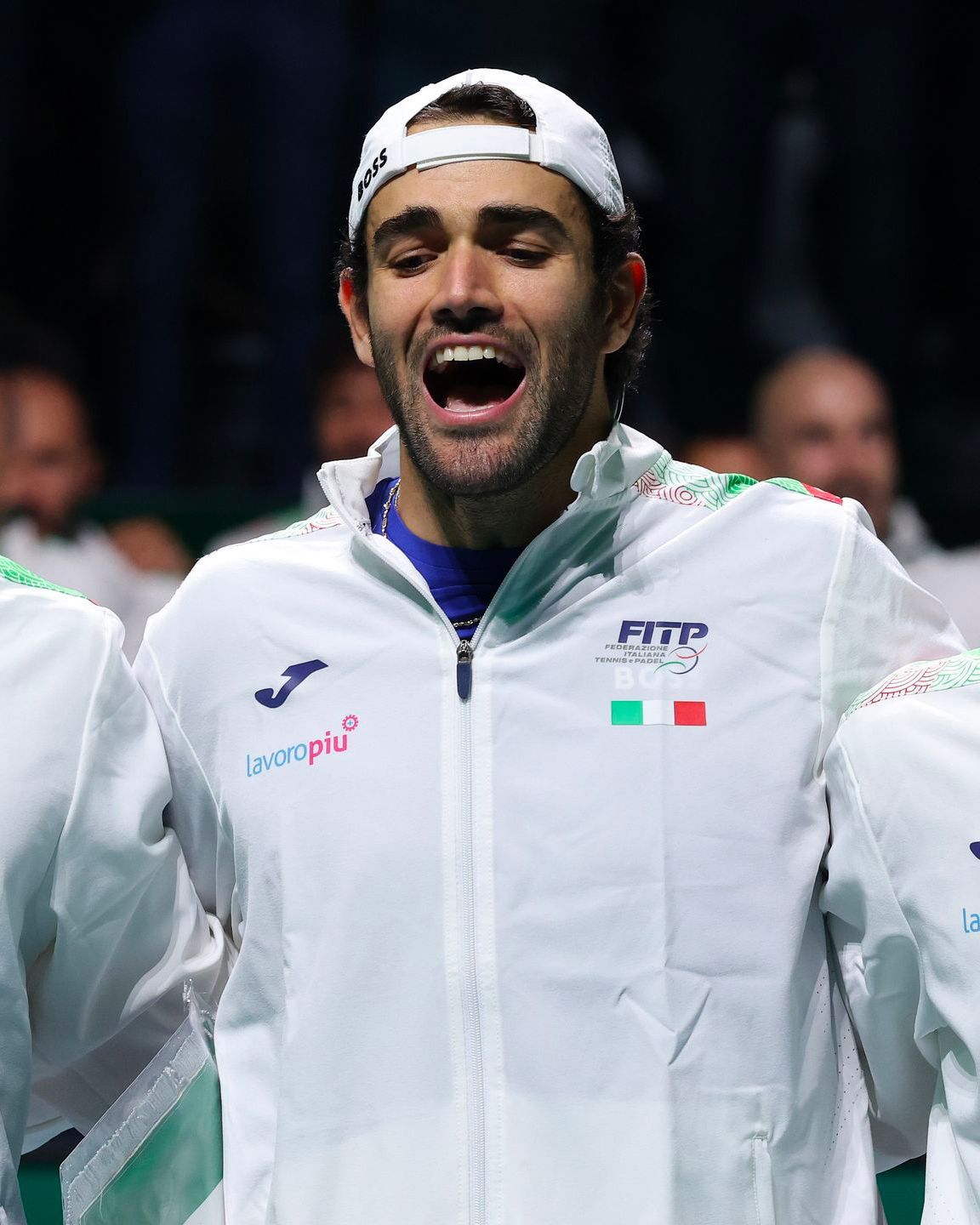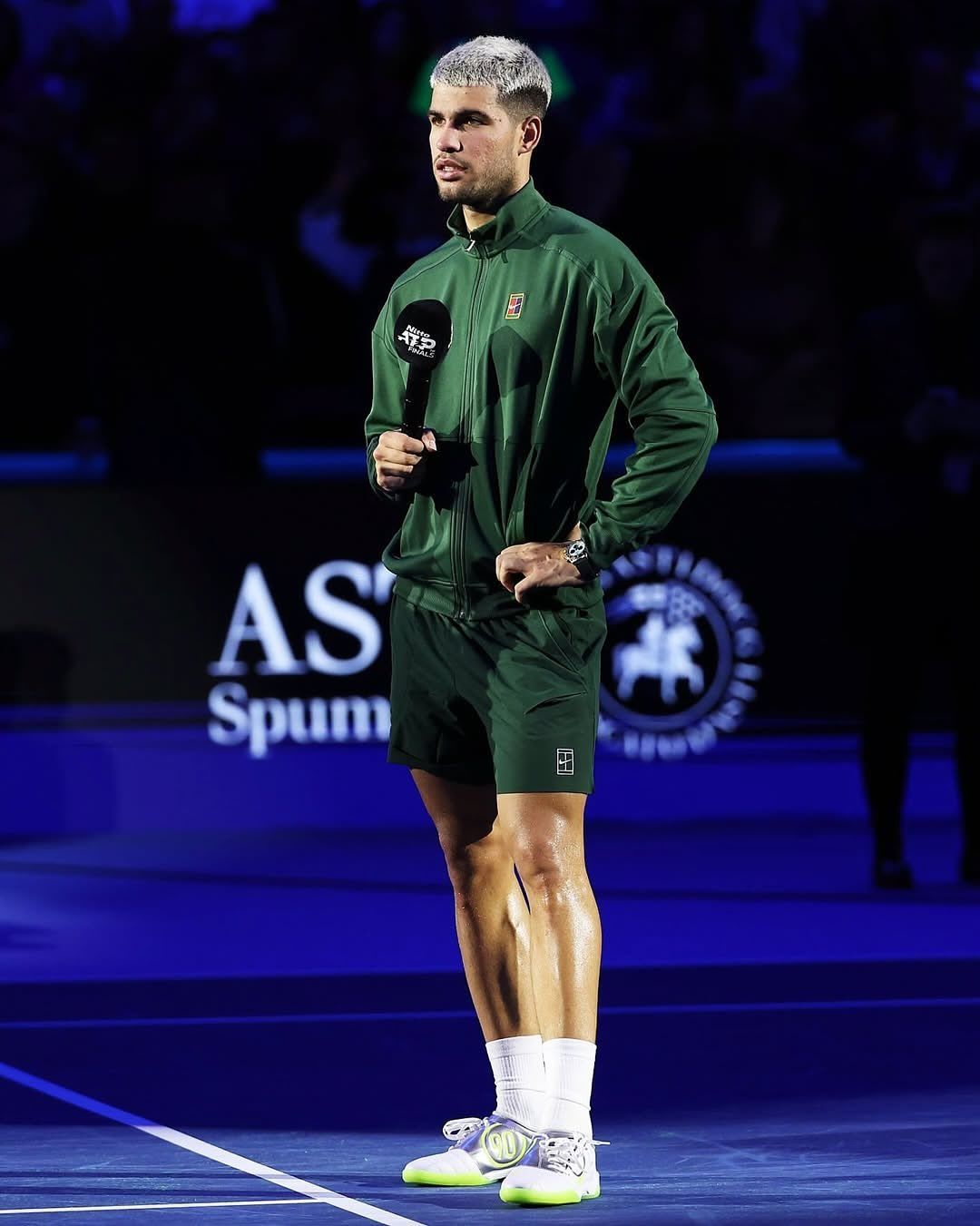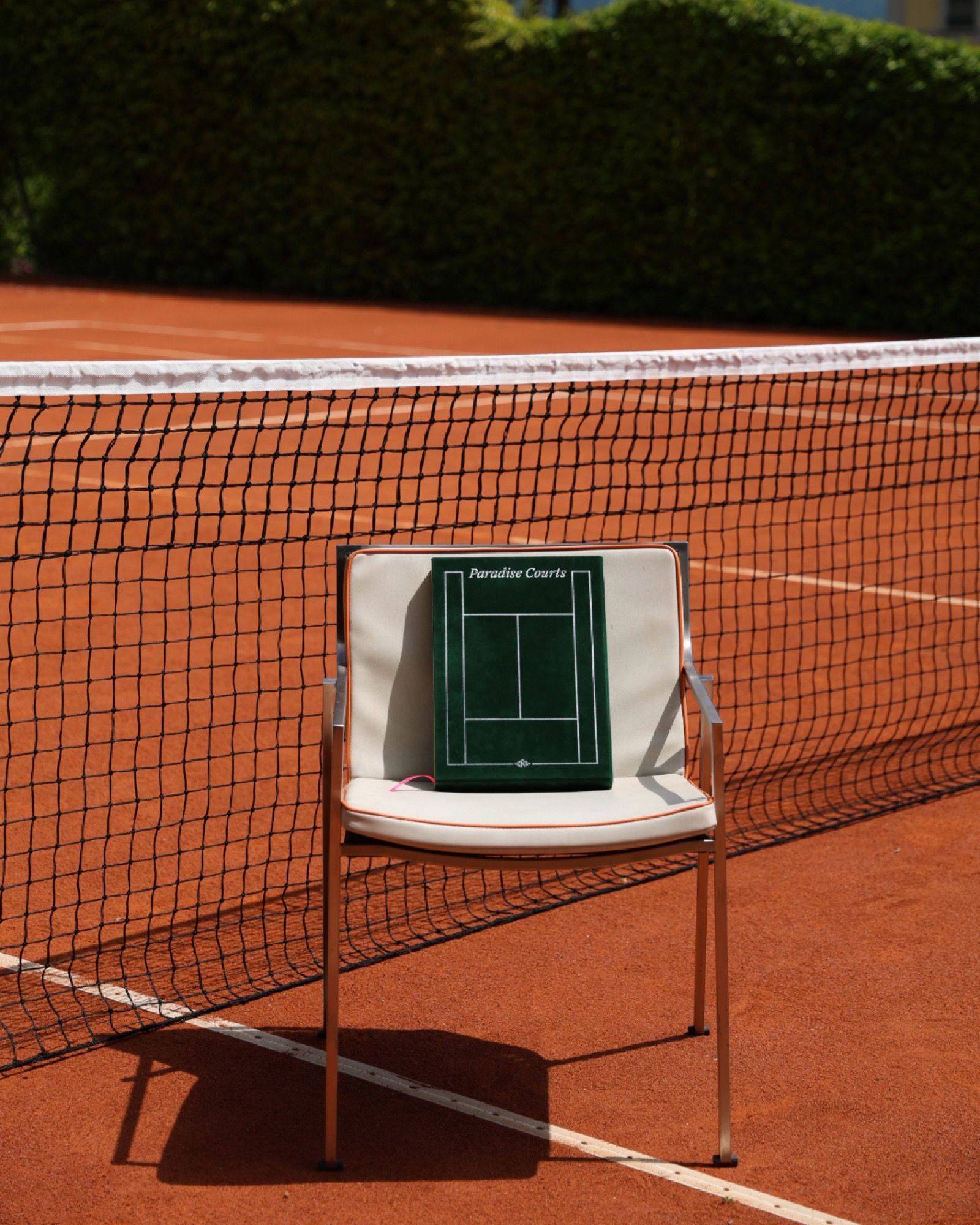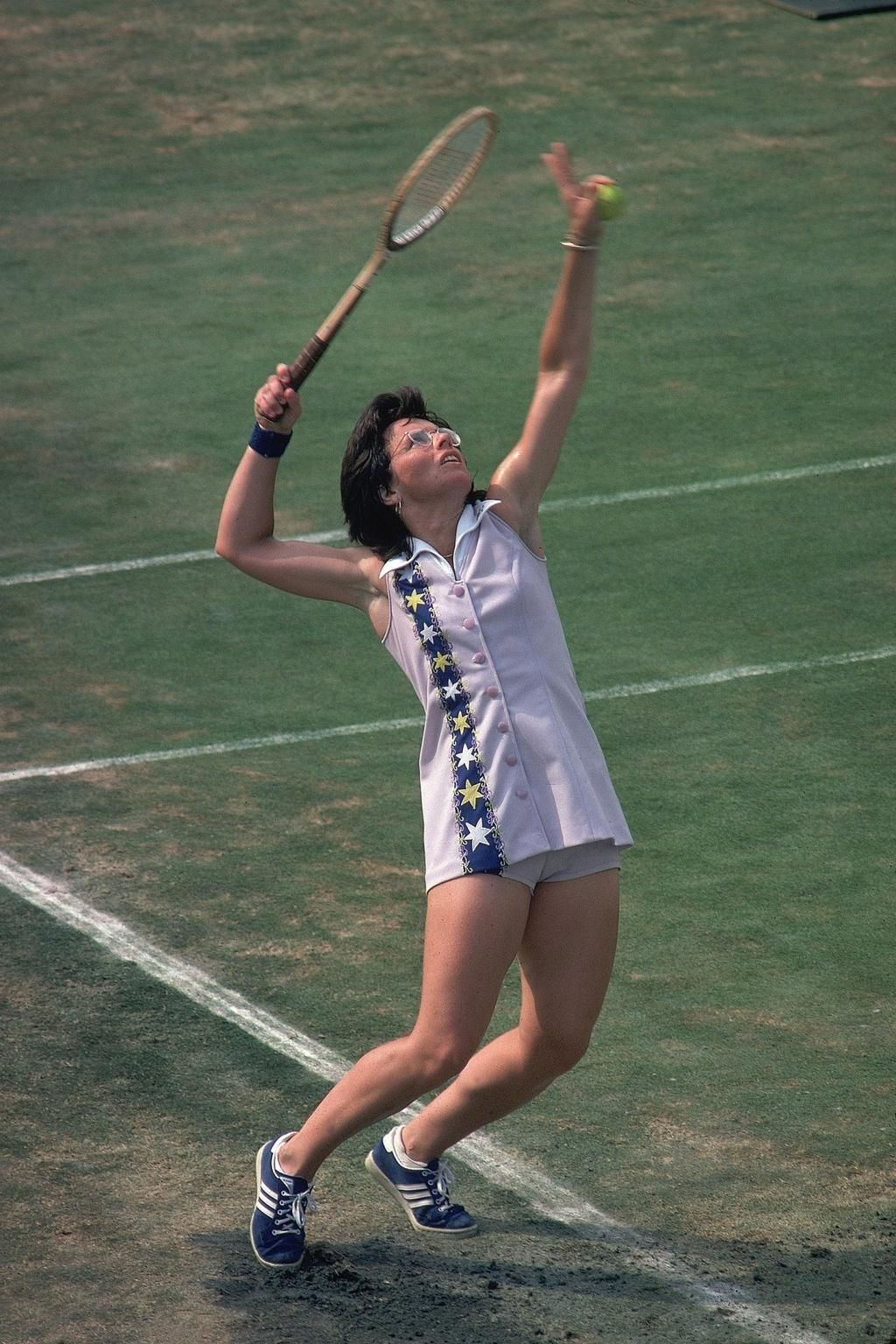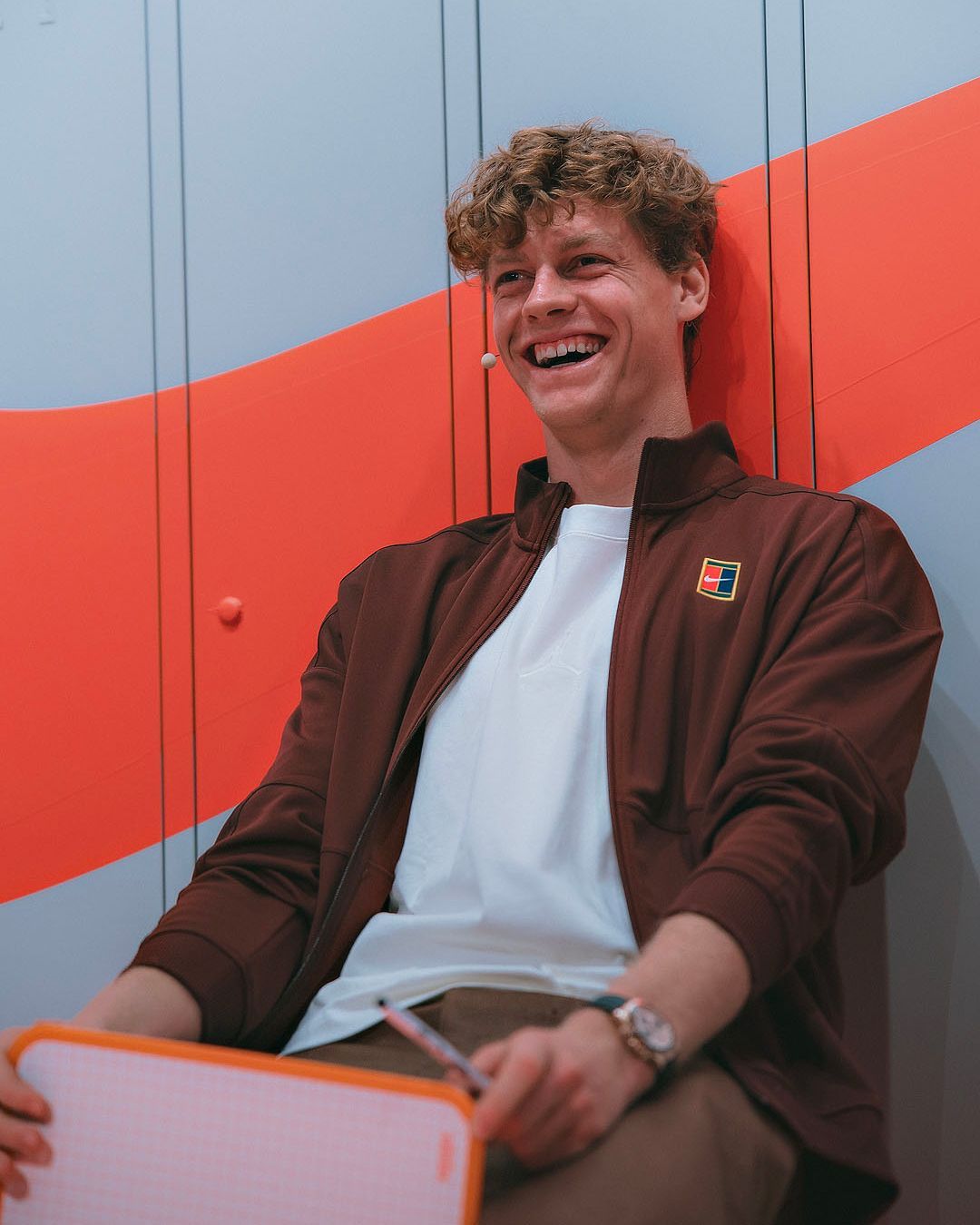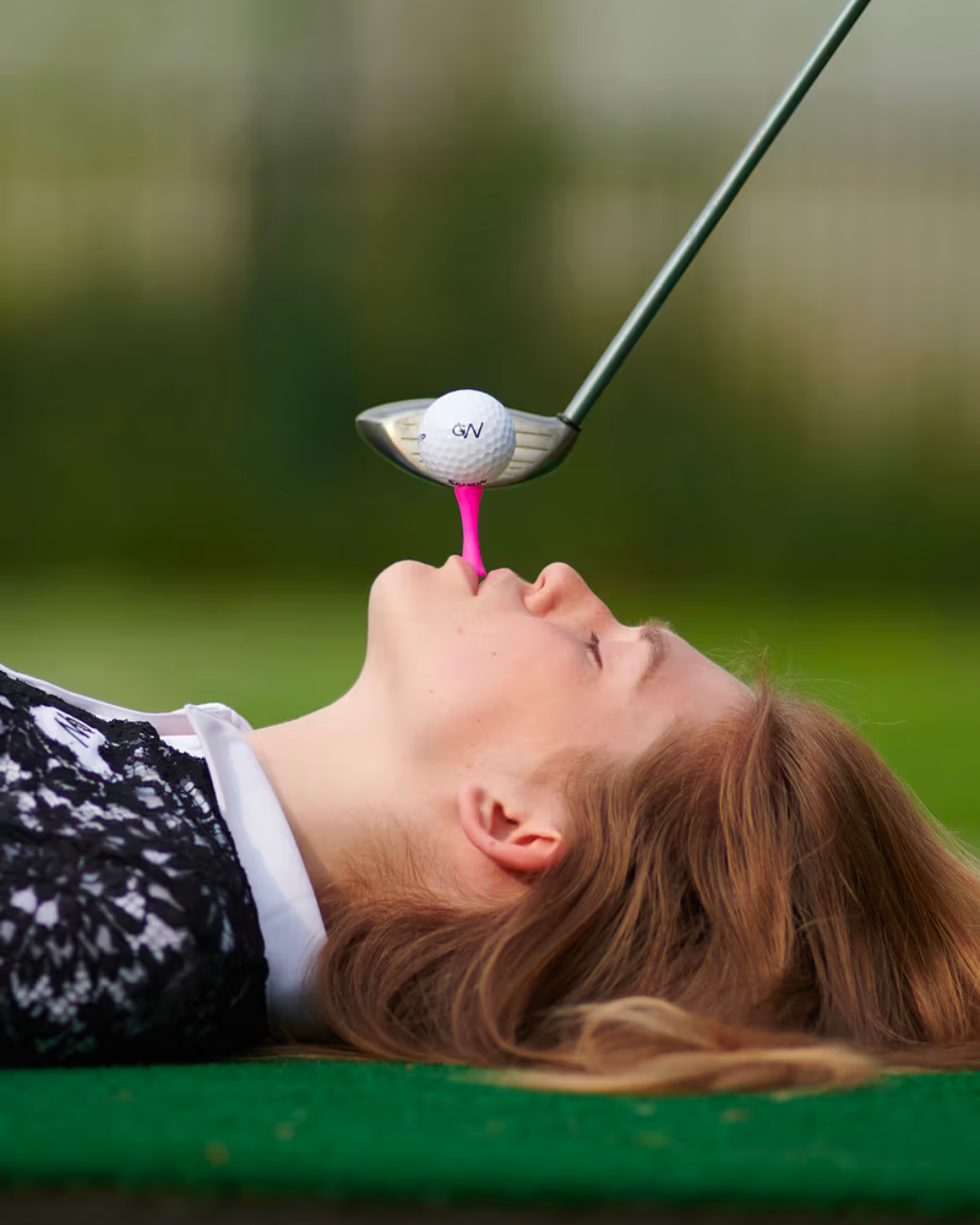
Sportswear at the times of quiet luxury The reason behind golf and tennis big comeback
While the aesthetics of football have definitely taken over every corner of fashion and lifestyle, and celebrities vie to wear dusty jerseys of teams they have never seen play in their lives, another sports trend that goes in the opposite direction is slowly but surely making a comeback. It's certainly no secret that tennis and golf are making a comeback after years spent under the radar, if not on a sporting level, then as a cultural and everyday influence that brings with it a distinctly aesthetic, exclusive and upper-class restoration. If the guy on the court has indeed responded to the rampant Y2K trend and its rediscovery of camp and cheap, then the return of the classic style that has always been associated with two aristocratic sports like tennis and golf is to be linked to the rise of the phenomenon of quiet luxury.
New tennis testimonials
The phenomenon of quiet luxury was made famous by the outfits worn by the protagonists of the HBO series Succession. Silent luxury is about wearing minimal, logo-free but extremely expensive clothes without being able to recognise the brand. It's the perfect style to represent the kind of low-key wealth that does not need to demonstrate its standard of living - as Vanessa Friedman wrote in the New York Times - but also does not miss an opportunity to show off its talent on the green or with club in hand, perhaps at a private club to which one is admitted only by recommendation. On the other hand, it is normal in fashion for a high to be followed by a low, and so on, according to the breath that shapes trends, and the appeal of old money is inextricably linked to more traditional sports like tennis or golf.
A decisive sign came just days before the start of the Wimbledon Grand Slam, the epitome of classic cut-up tennis, with Louis Vuitton's decision to introduce Carlos Alcaraz - currently number one in the ATP rankings - as its new brand ambassador. After choosing Sinner last year, Gucci is now reinvesting in a sport it has always been at home in. And the young talents are much more open to the fashion world than the big three or four of the last decade, open to playing with their public image and free from a constricting idea of tennis. So they take advantage of the oversaturation of players who become testimonials to give themselves an increasingly prominent role and break the boundaries with the mainstream.
A new normality
As a result, brands have also begun to develop an aesthetic linked to the archives and heritage of sport, breaking away from the trends that have dominated the contamination between sport and fashion in recent years between blockcore and gorpcore. A silent rebellion against hyper-technical and exclusive garments or against the frenetic rhythms of trends, which are instead countered by the safety of the classic. In conjunction with Wimbledon, for example, PUMA has unveiled its new collaboration with New York brand NOAH, whose founder Brendon Babenzien said in an interview that he had never heard the term Gorpcore. "The hype around technical clothing and trainers has become too much," Babenzien said in an interview with Business of Fashion, pointing out that there is a broad audience that is perhaps less trend-conscious but equally interested in wearing high-quality sportswear.
And as consumers move towards more sustainable purchases without resorting to the latest releases or super-technical materials, creating unhealthy competition that has nothing to do with the sport itself, new styles and brands are coming. According to Patrick Stangbye, creative director of ROA, "the term 'gorpcore' can be extremely limiting for outdoor brands that have much more to offer, such as soft tailoring or knitwear." So the dapper aesthetics of red sand courts and the immaculate aesthetics of greens are returning to the fore, with the focus no longer just on cuts and fabrics, but also on the performance anxiety of having to go shopping in a waterproof shell. In short, there is a mood of restoration that permeates every sporting aesthetic.
Golf and fashion
And between a vintage polo collar, a long-sleeved shirt and a baseball cap, there is a sport that a few years ago we would have attributed to Florida pensioners and flower jackets crippled by the hot sun. Instead, golf has managed to break away from the middle aged and exclusive men's club by becoming the sport of your favourite athlete, attracting the interest of fans and brands. They use the green and the perfectly aseptic space of the 18 holes as a field of experimentation for collaborations, capsule collections and new intersections between sport and fashion that have made it to the Paris fashion shows FW.
Recent collections by adidas, first with Georges Wendell and then with Bogey Boys, Macklemore's brand, or by Jordan Brand with the American brand Eastside Golf, show the versatility of a sport with a burgeoning aesthetic. Not to mention that both Palace and Supreme have interpreted swing in their own way in a more playful and amusing way than the tugged jackets of the Masters, and that the many athletes now turning to green, most notably Michael Jordan, are acting as organic testimonials for a movement that is getting healthier. And that the Ryder Cup, the tournament that pits the selections of Europe and the rest of the world against each other every two years, and which will be held in Rome at the end of September, will feature style somewhere between Italian tailoring, quiet luxury and grown-up streetwear purged of gorp or blokecore complexes.

